
www.commonsenseaudio.com
300+ High Efficiency DIY Full Range Speaker Kits Projects
from Commonsense Audio
World's Best Sound.....or your money back.....

www.commonsenseaudio.com
Over the years, many customers have sent pictures of their DIY full range speaker
projects to us. We'd like to share almost 300 of these with you.
We've picked out a representative sample for each type of enclosure: bass
reflex, multi-driver bass reflex, bass horn, and open baffle. We hope these
will stimulate some ideas for your own projects. And we've posted a
How To Discussion--to help you build your dream speakers--at the bottom
of this page. Feel free to email with
questions or comments:
sales@1speaker.com
Contents:
1. BASS REFLEX Full Range Speaker Cabinets
a. Floor Standing Full Range Speaker Cabinets
b. Bookshelf Full Range Speaker Cabinets
2. Multi-Driver BASS REFLEX Full Range Speaker Cabinets
3. BASS HORN Full Range Speaker Cabinets
4. OPEN BAFFLE Full Range Speaker Cabinets
5. DIY Speaker How To Discussion
DIY Full Range Speakers--Bass Reflex Cabinets
FLOOR STANDING SYSTEMS
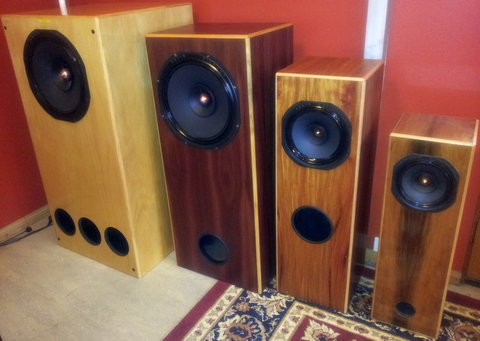
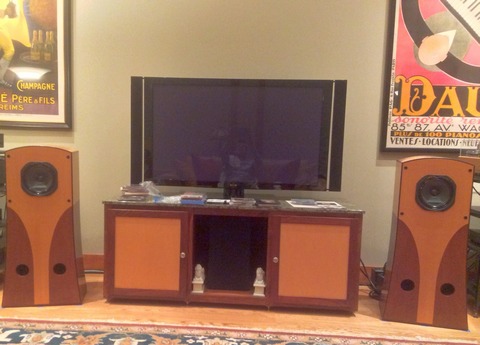
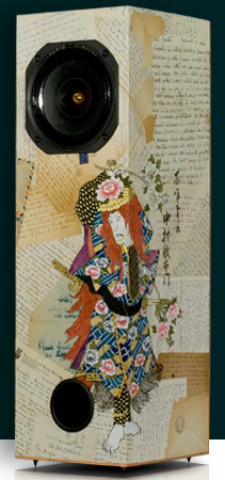
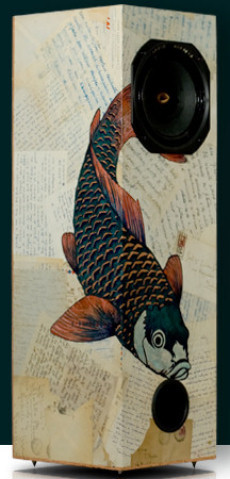

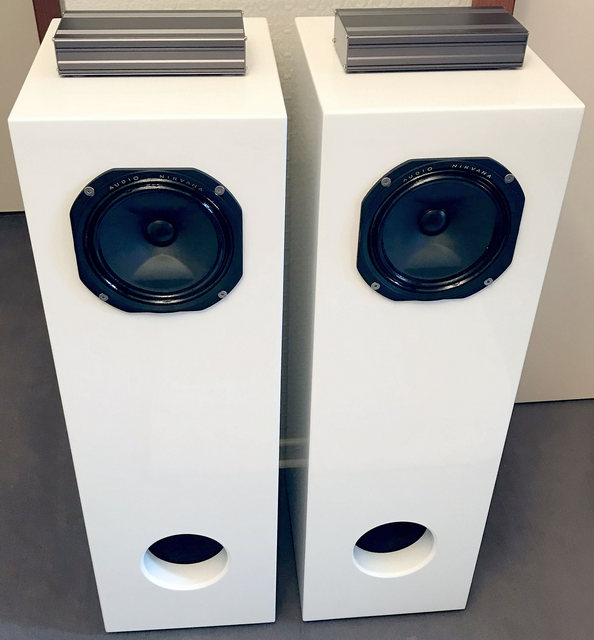
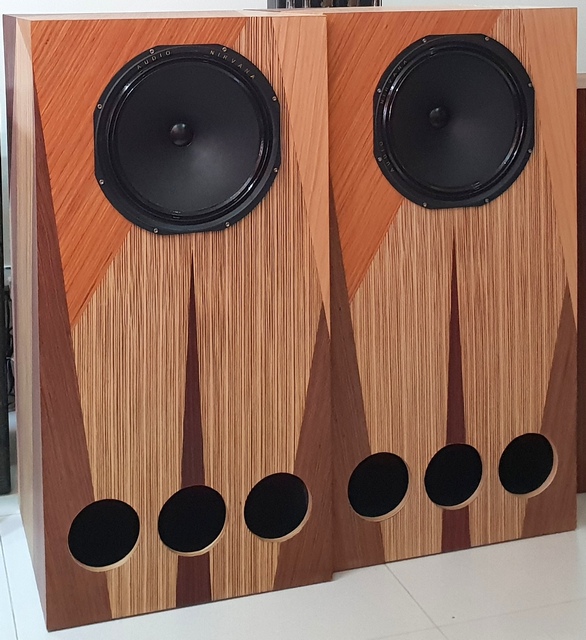
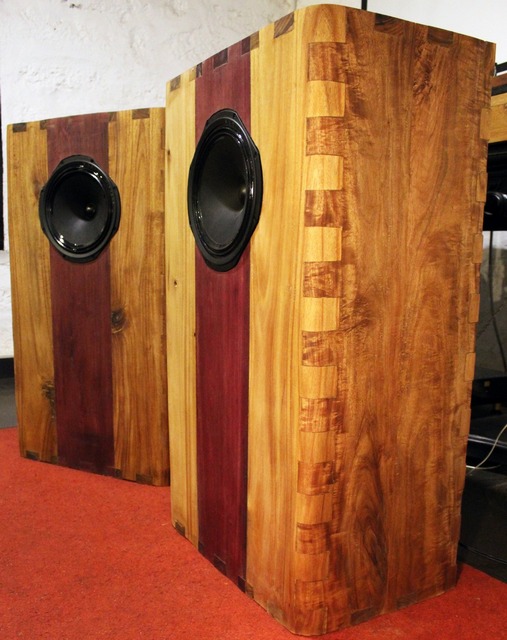

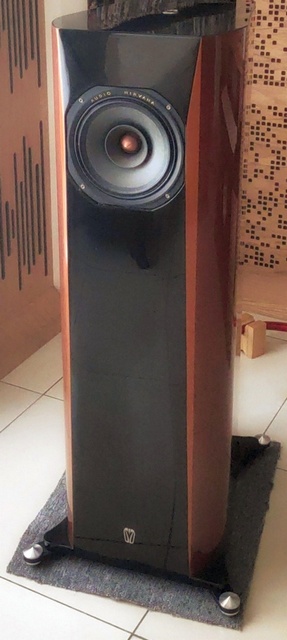
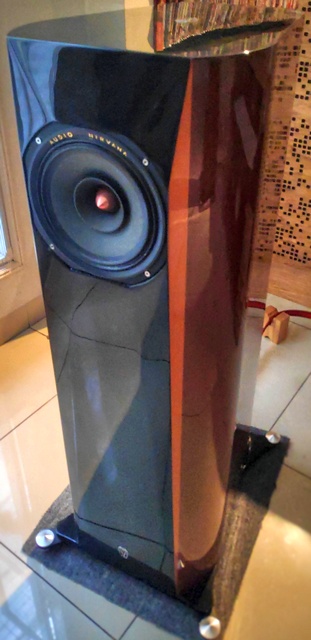
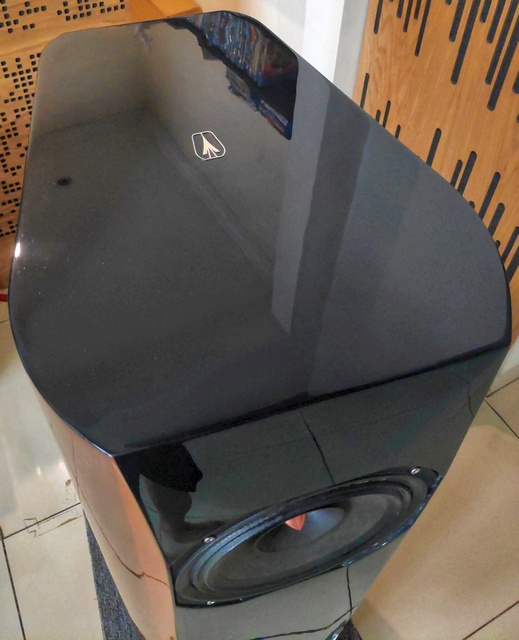
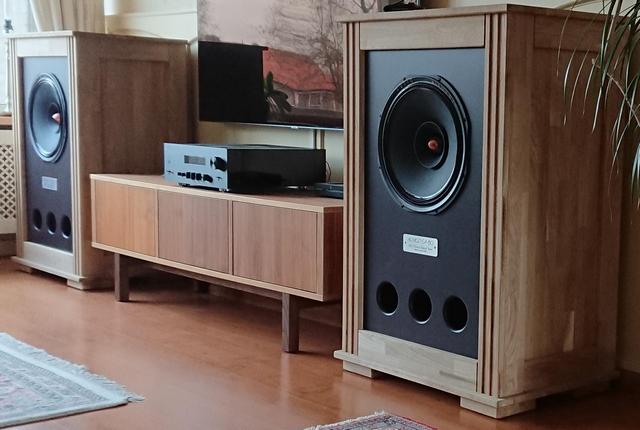
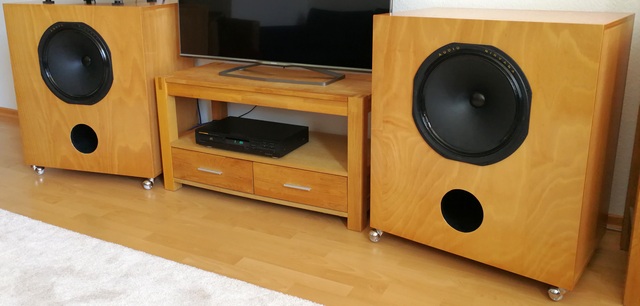
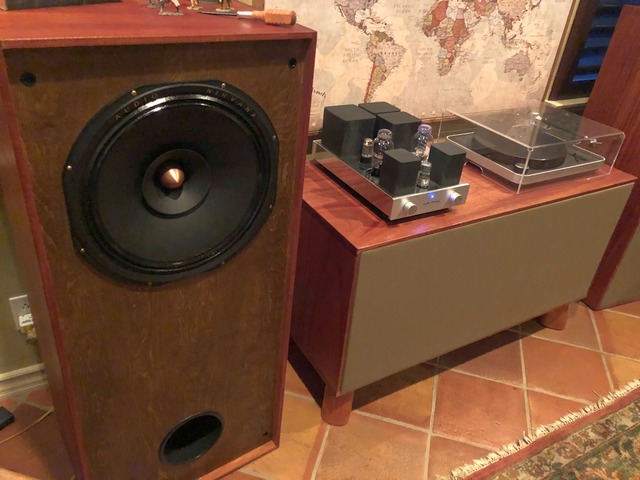

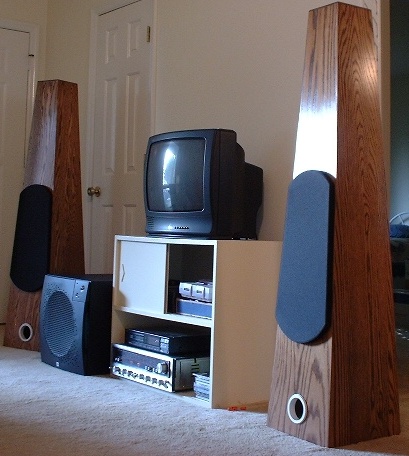
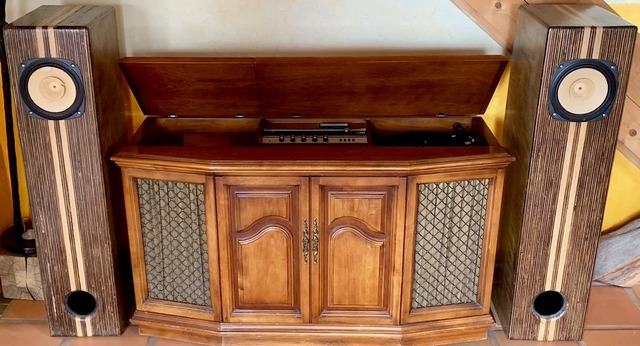
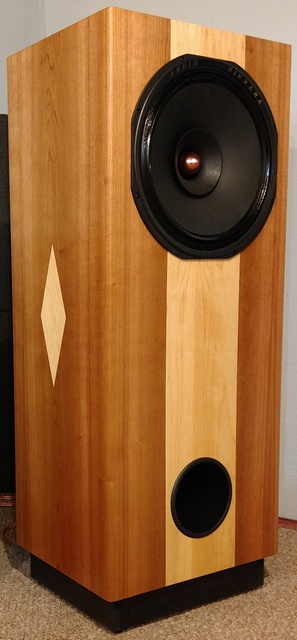
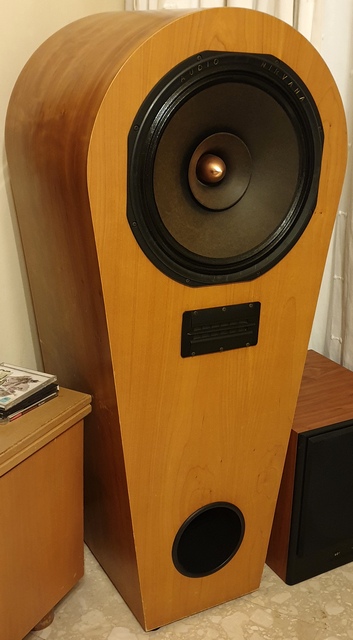
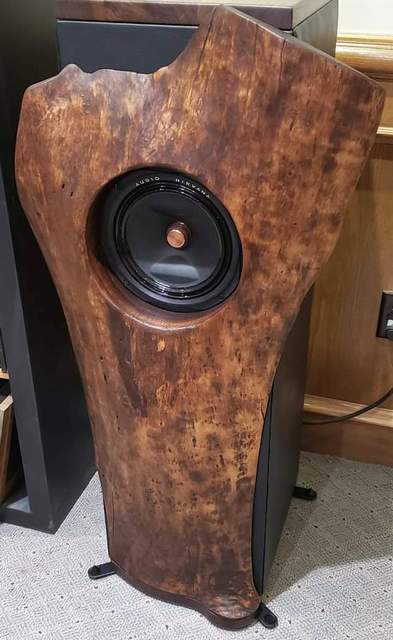

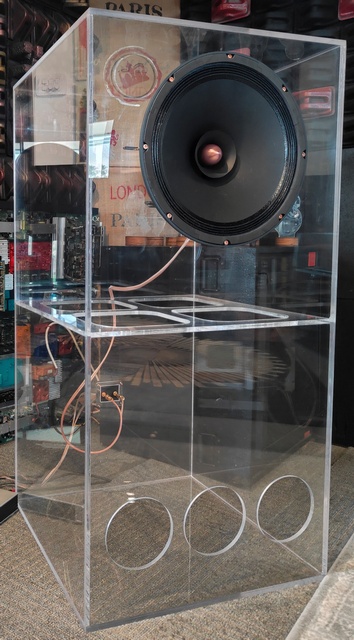
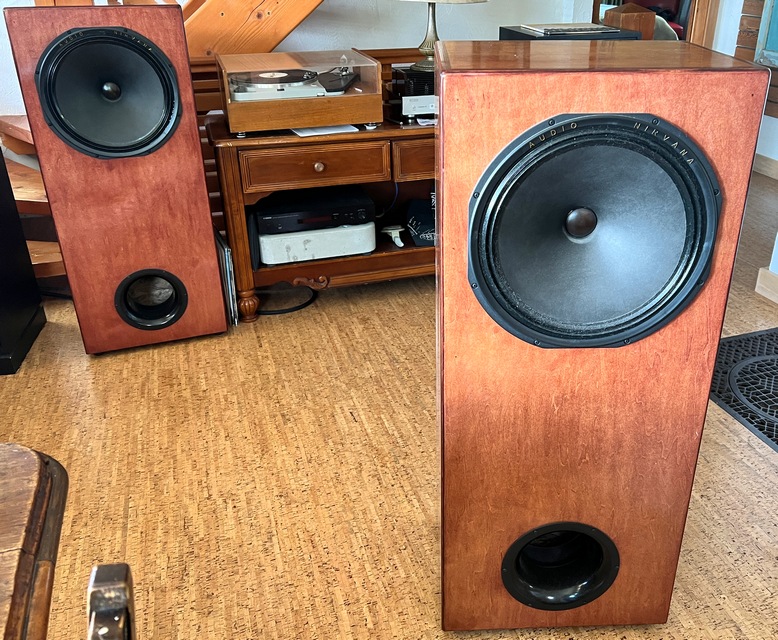
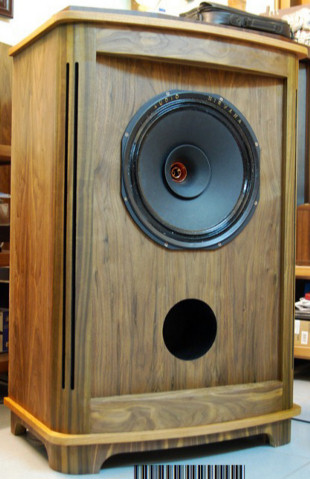
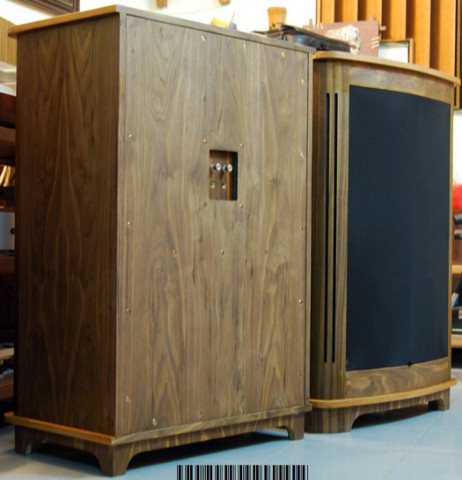
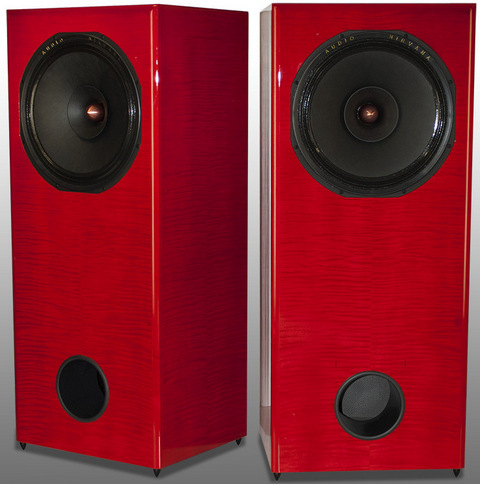


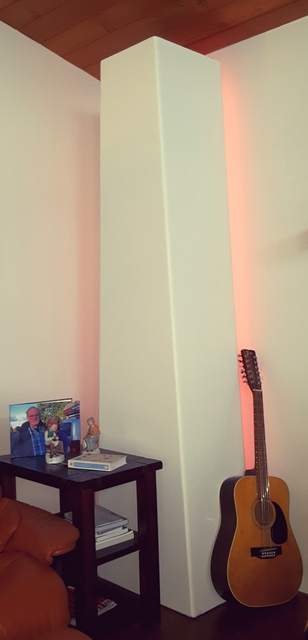
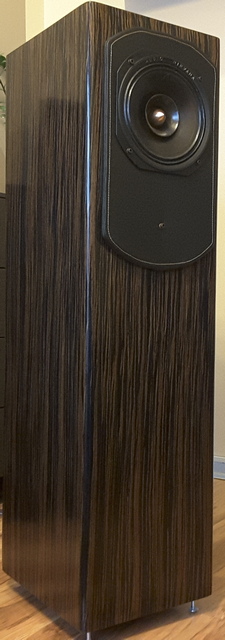
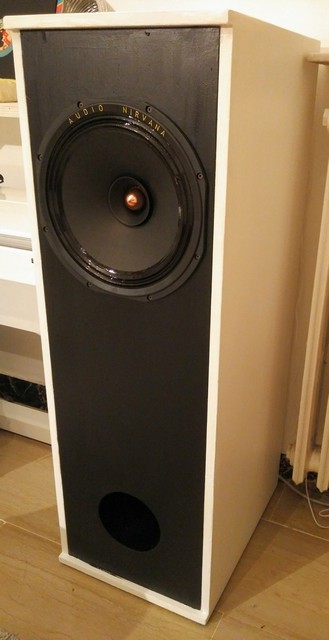
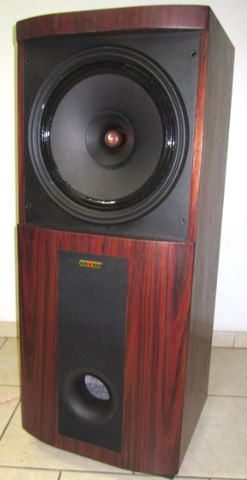
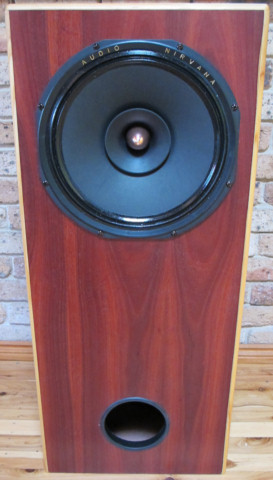
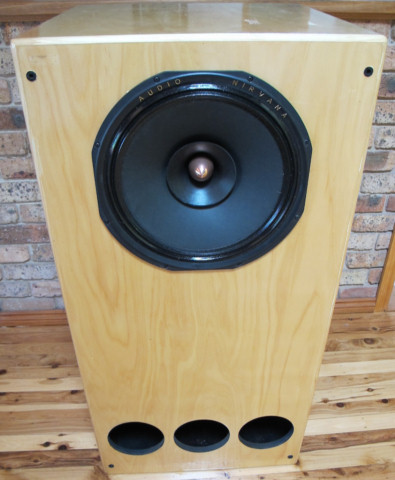
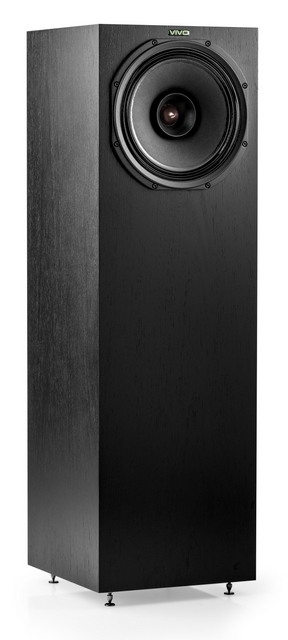
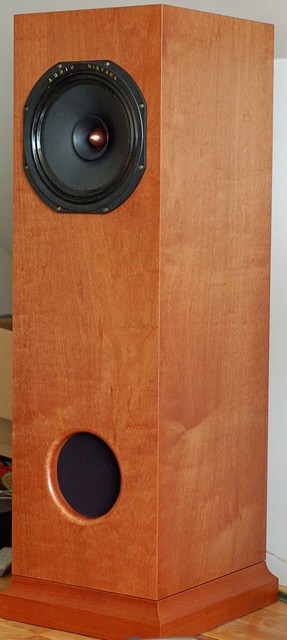
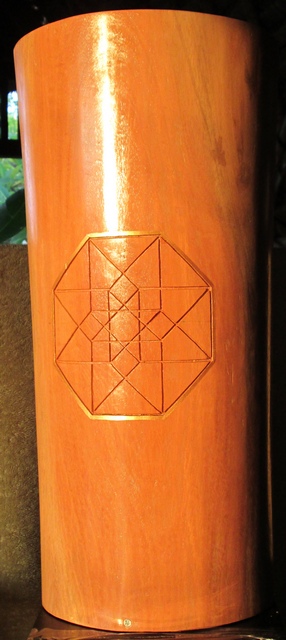


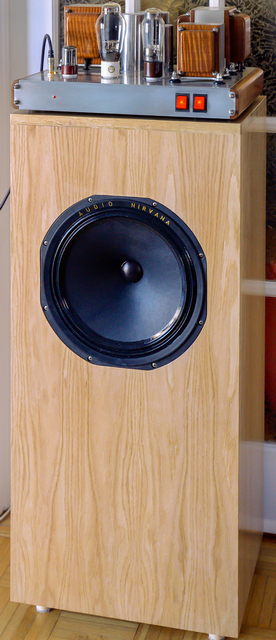
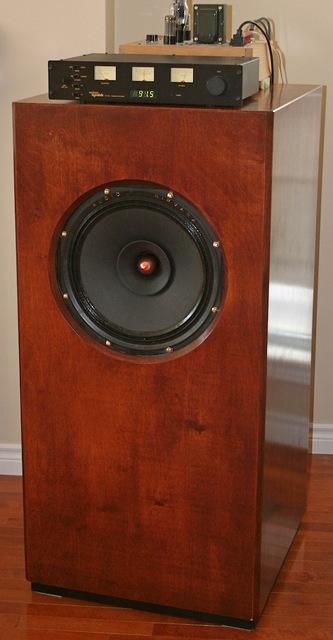
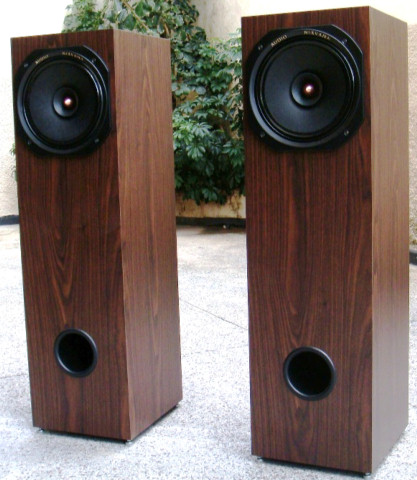


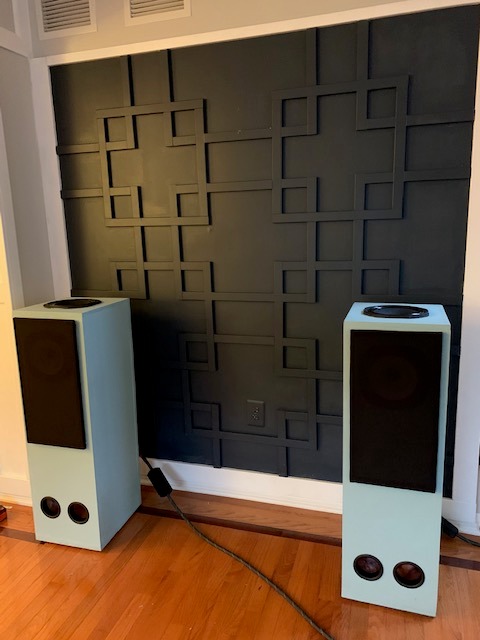
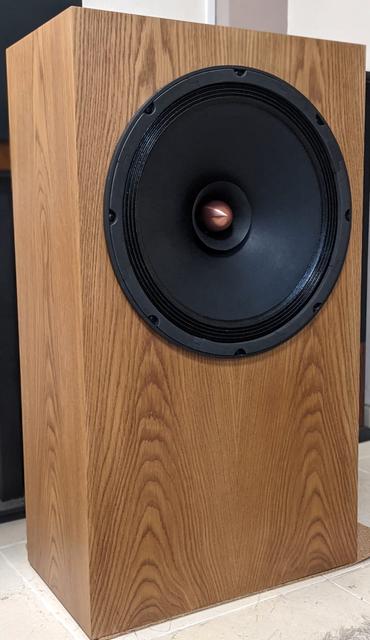
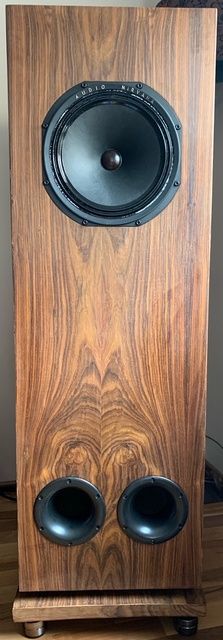
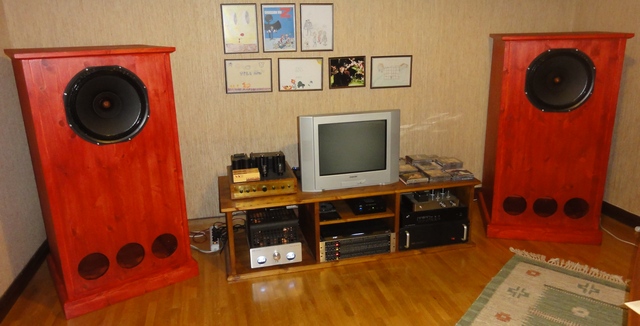

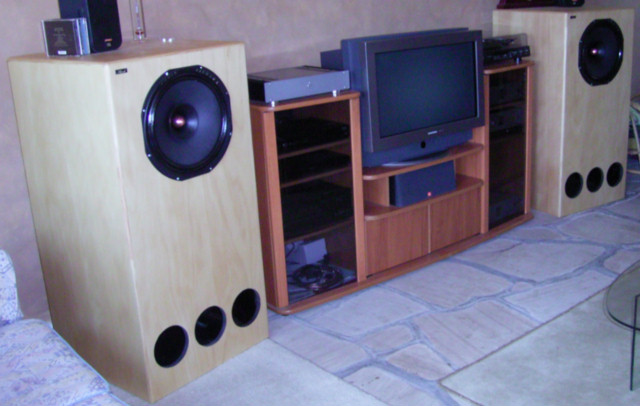
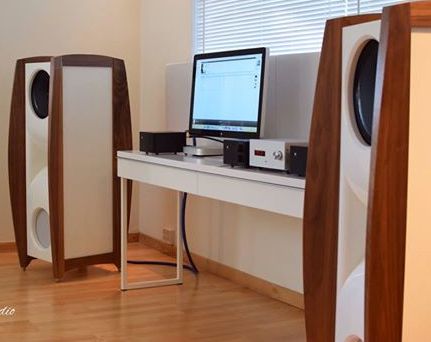
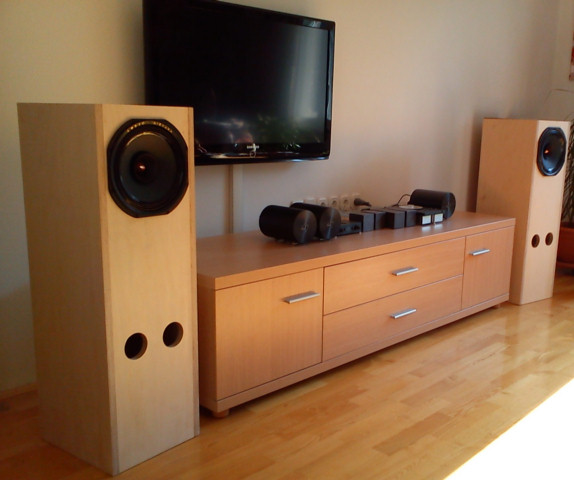
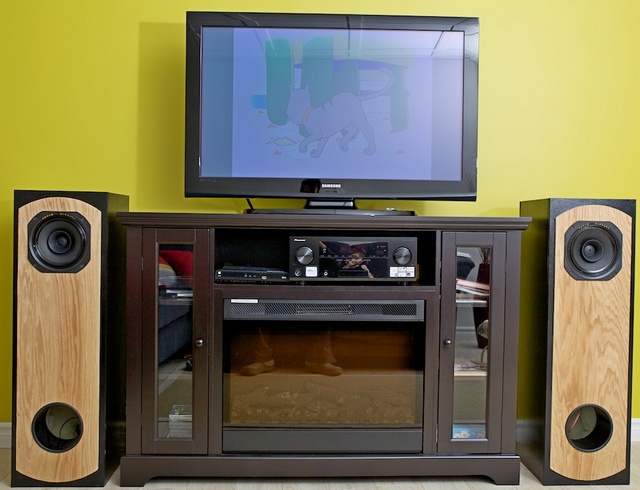
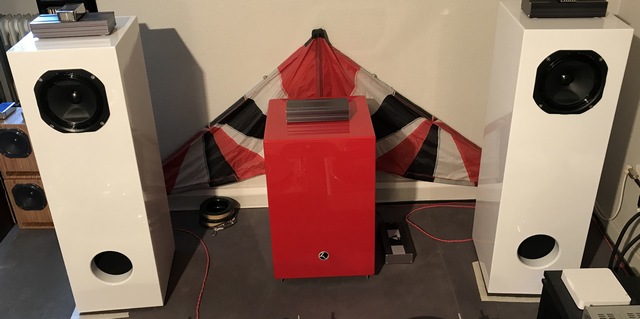
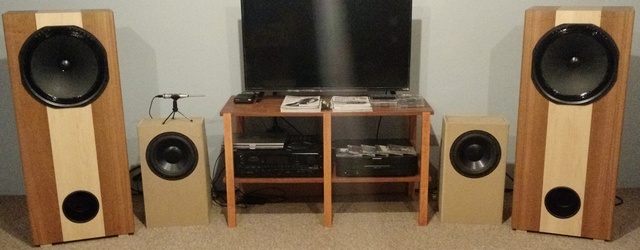

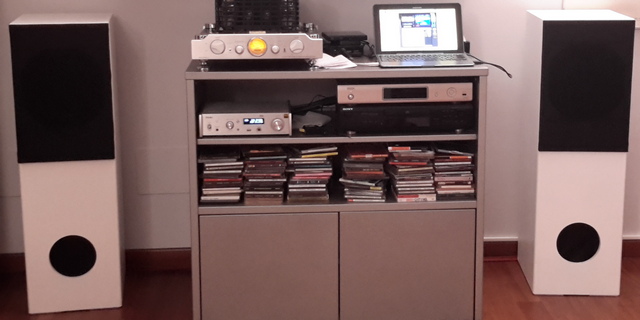

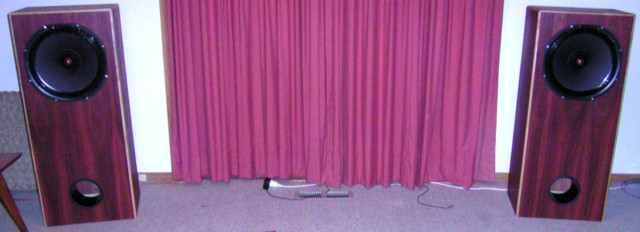
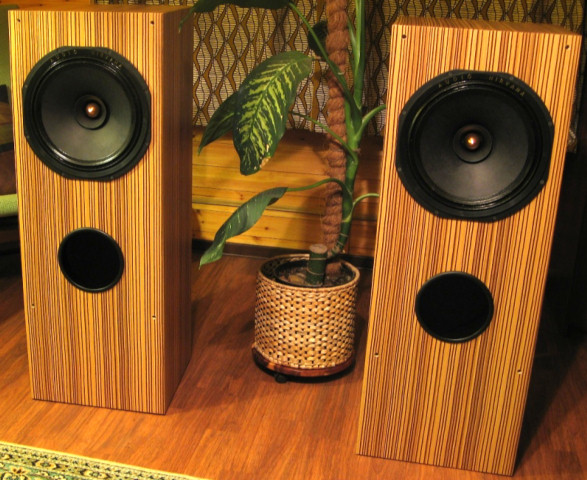
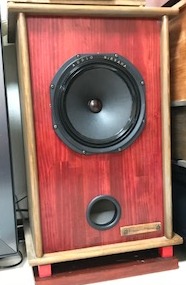
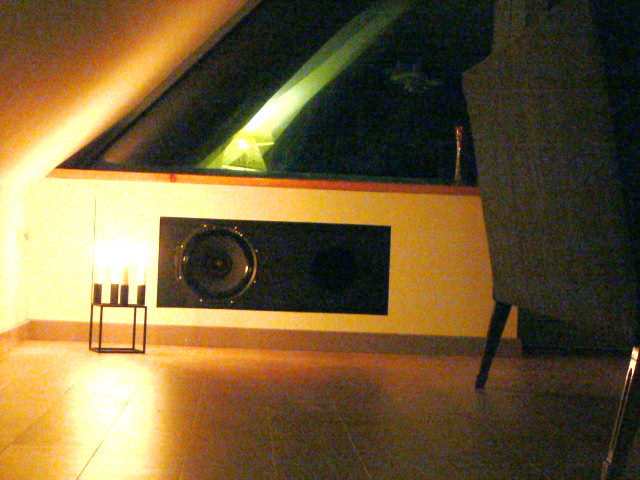

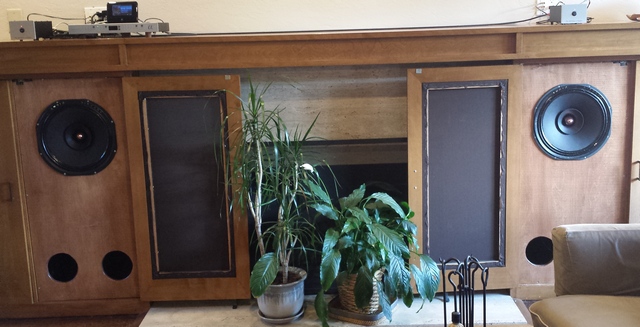
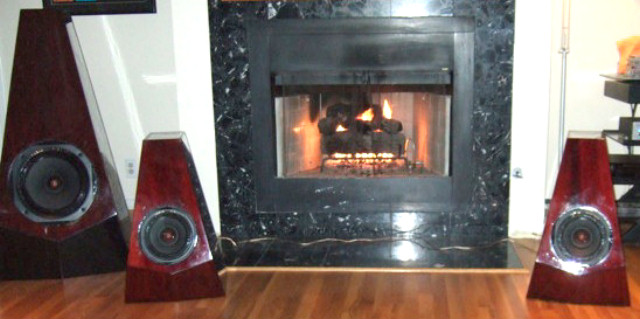
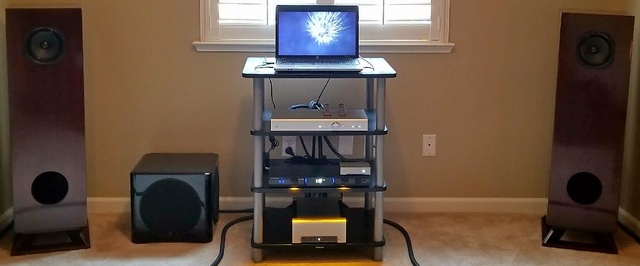
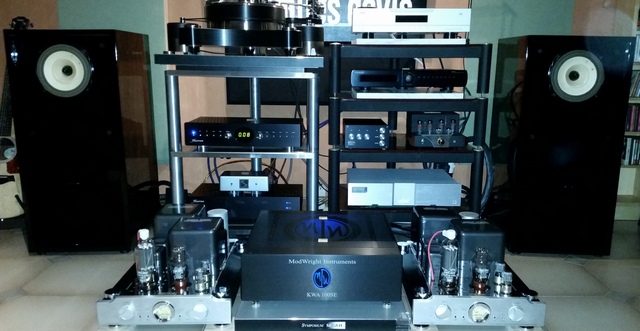
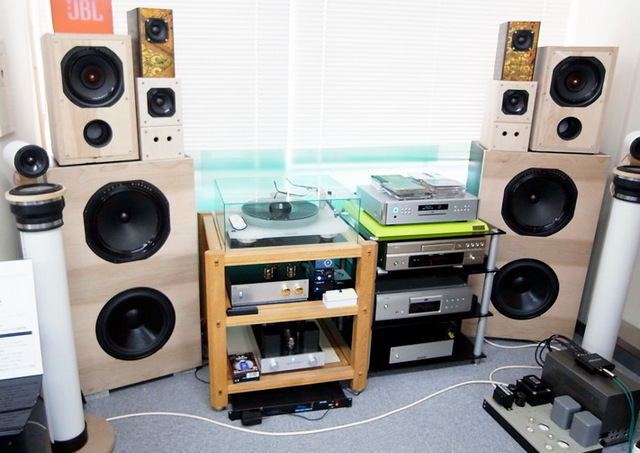
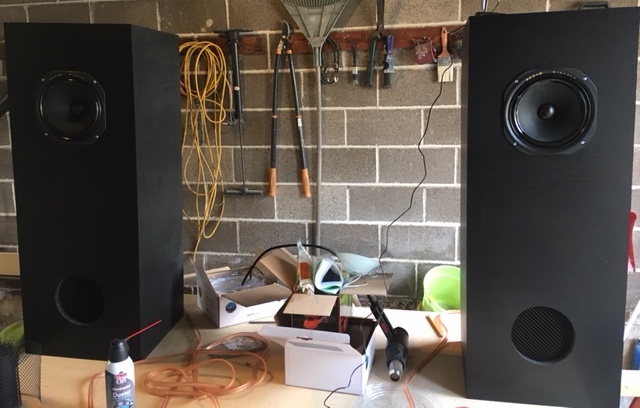
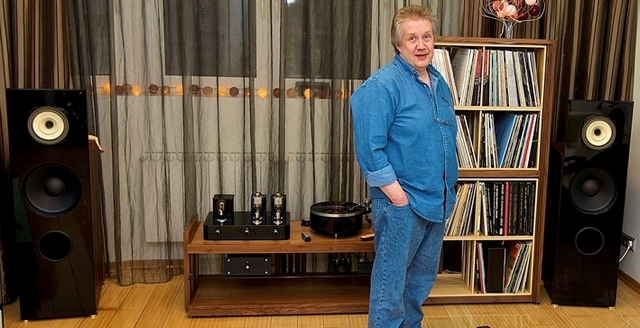
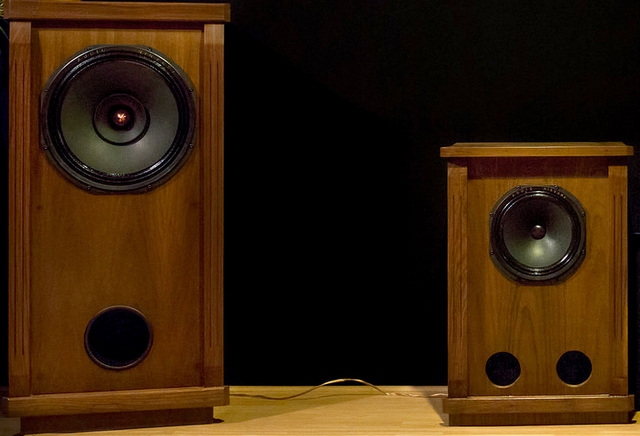
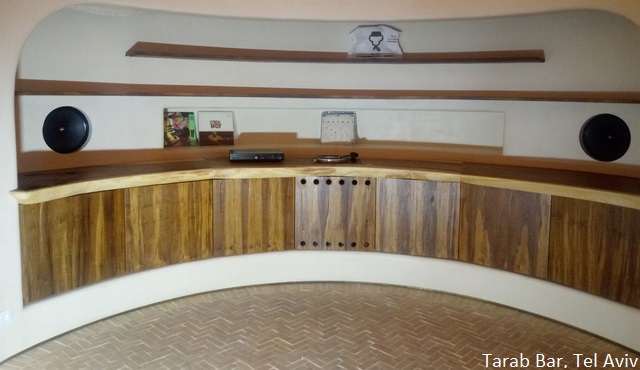
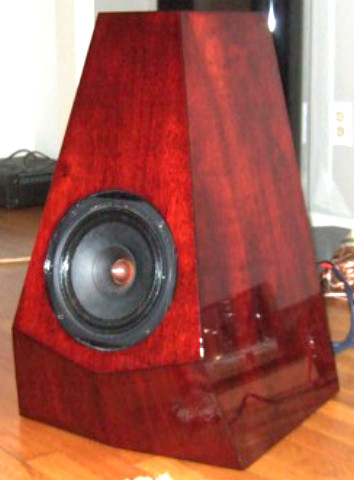

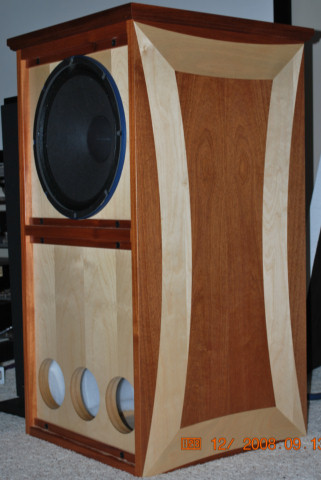
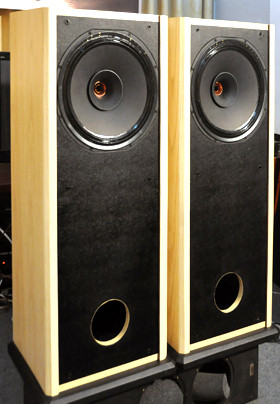
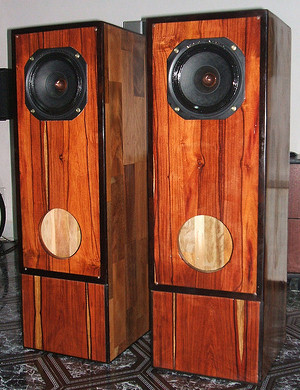
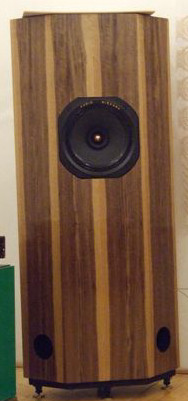

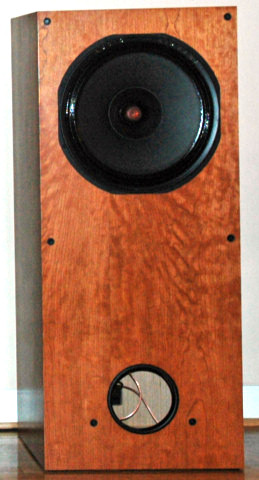
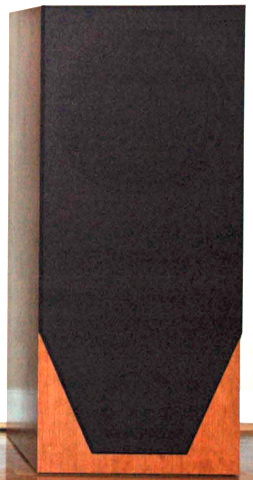
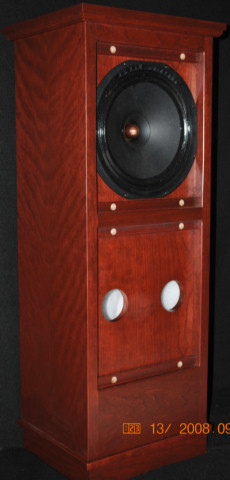
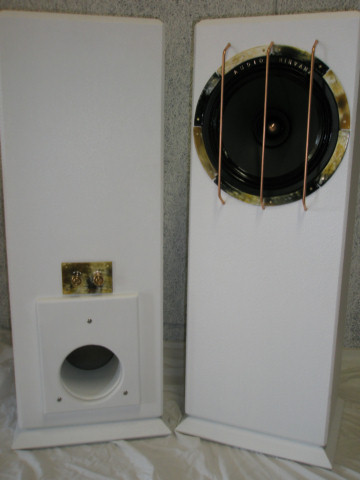
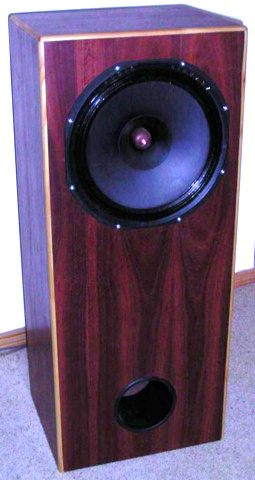
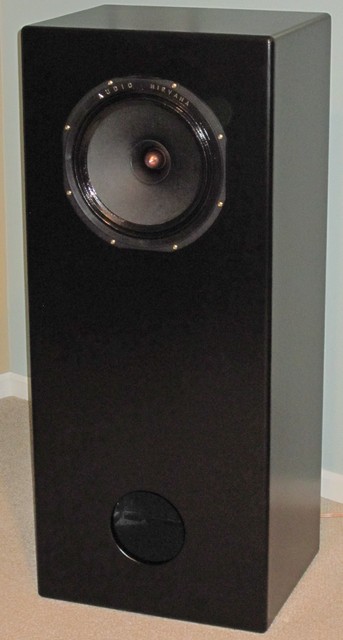
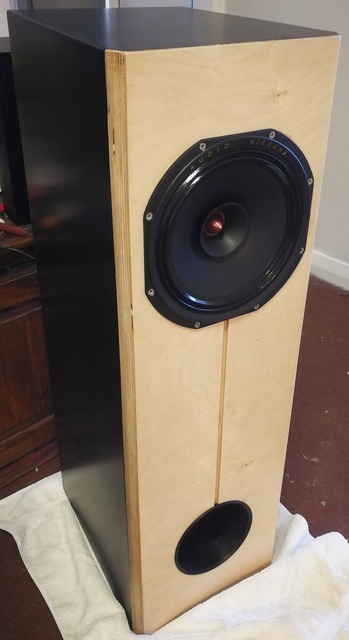
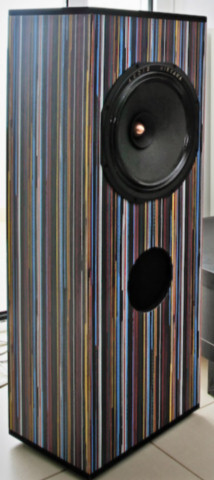
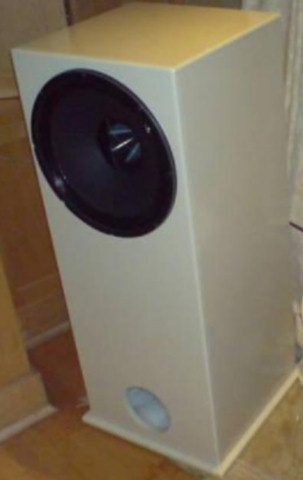
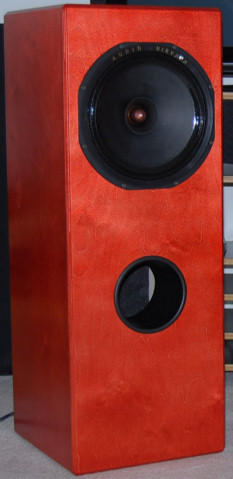
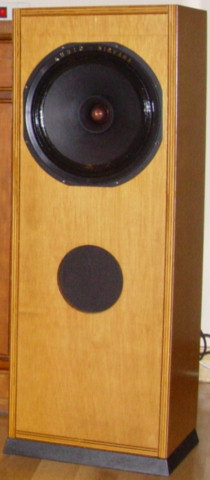
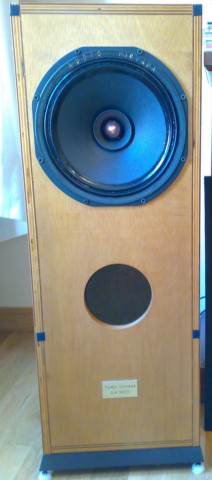
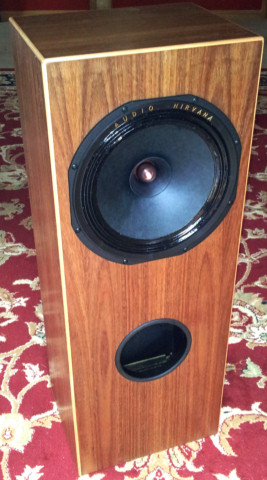
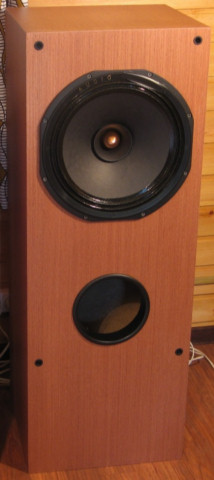
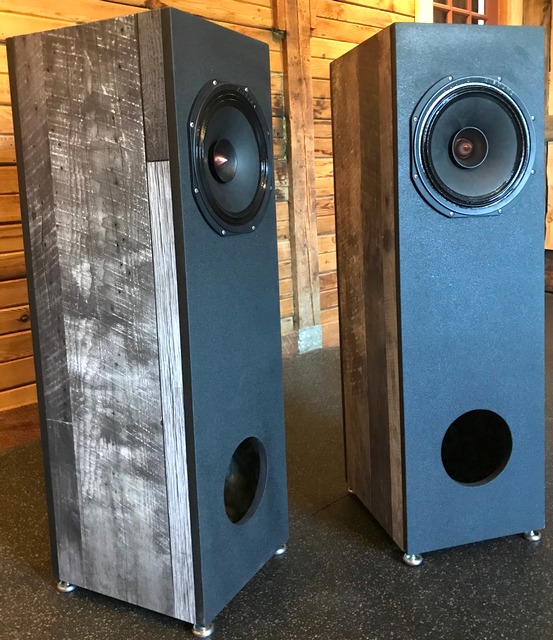
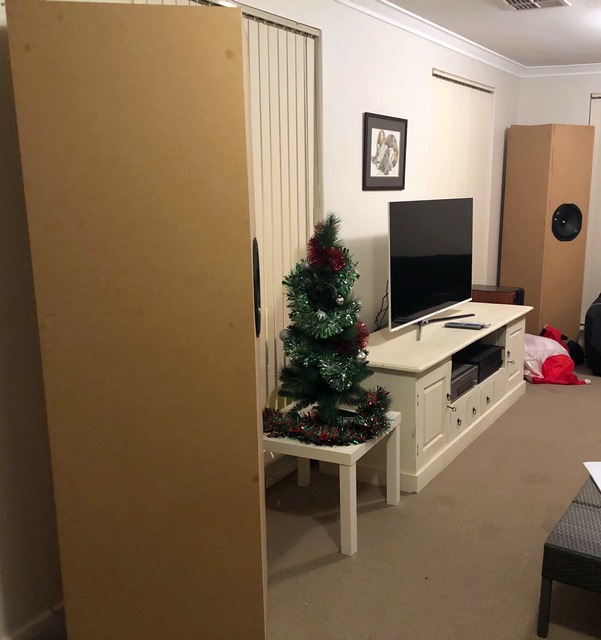
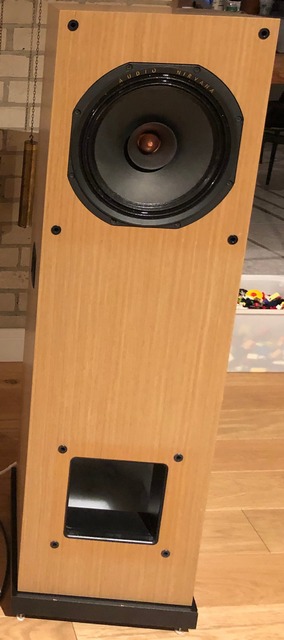
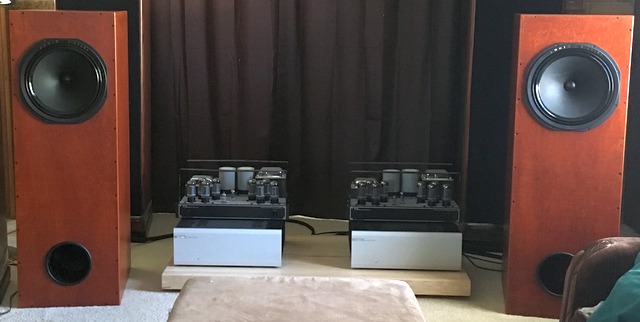
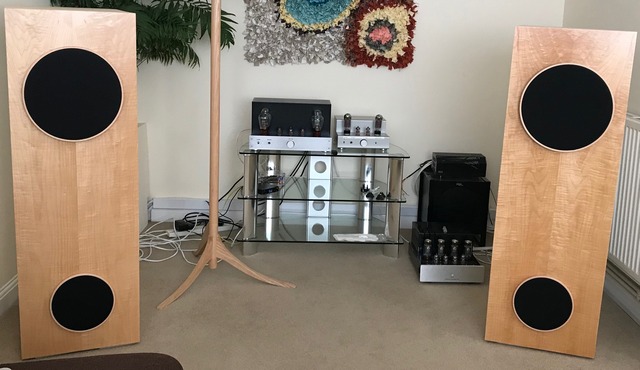
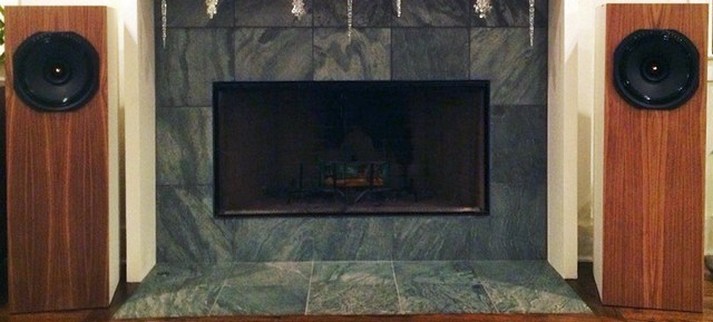
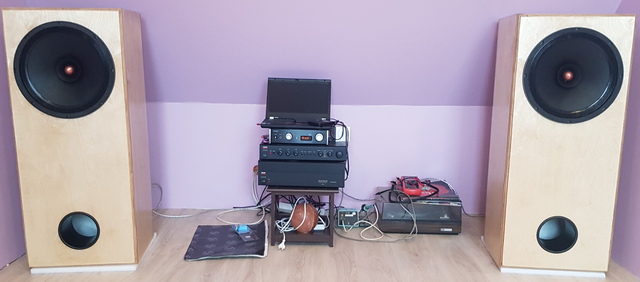
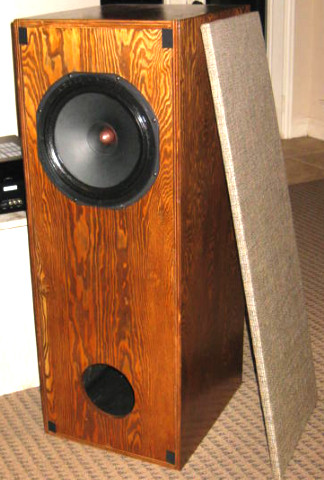
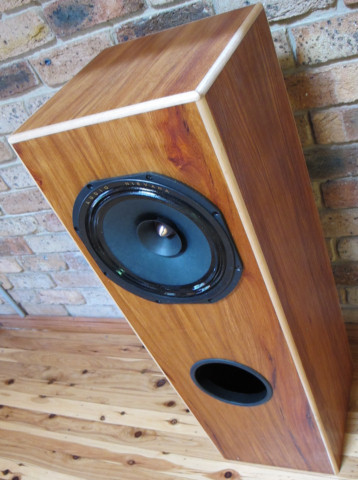
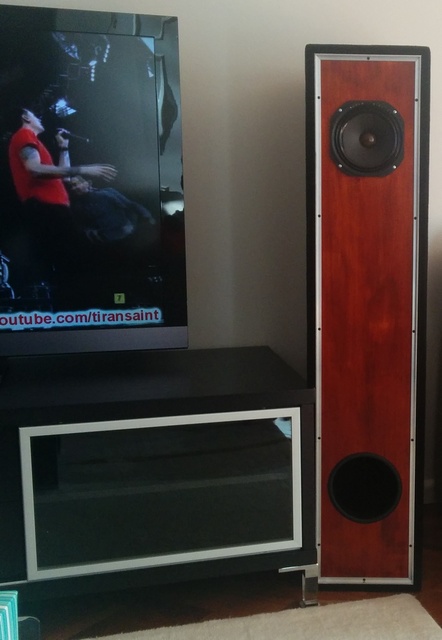
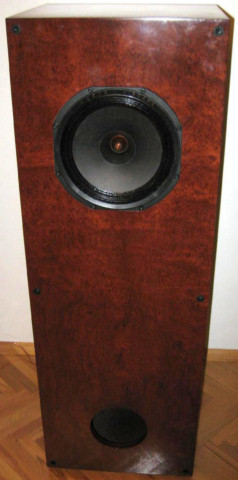
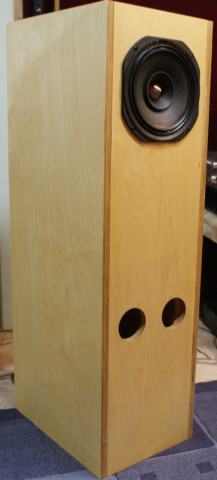
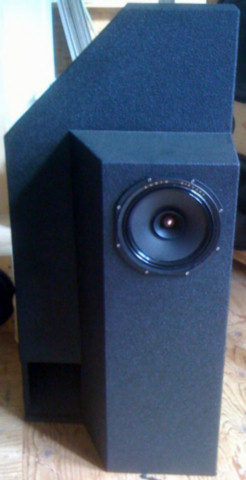
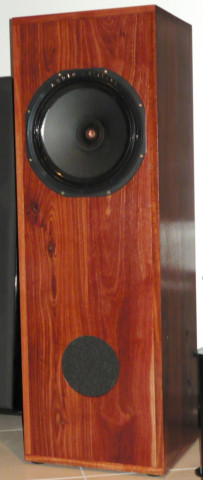
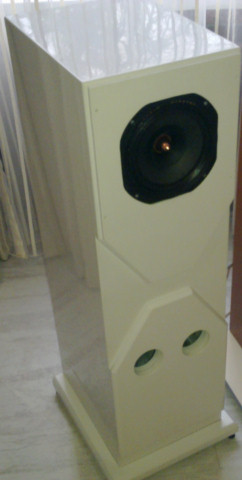
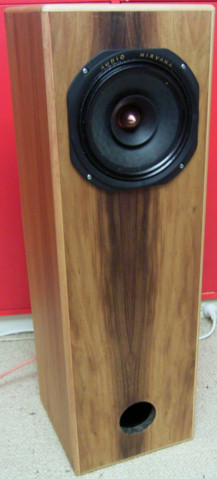


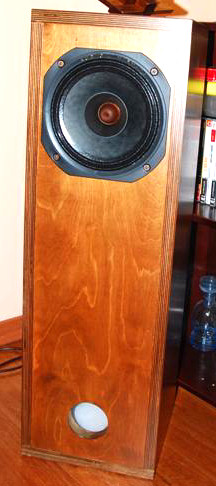
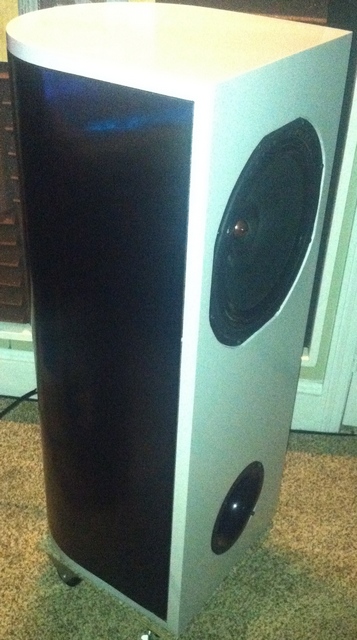

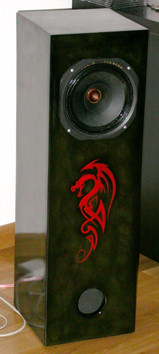

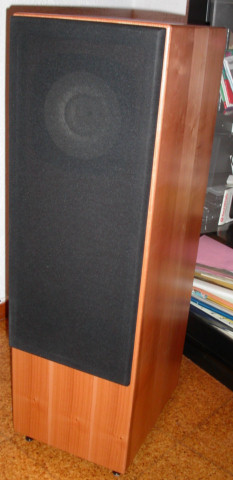
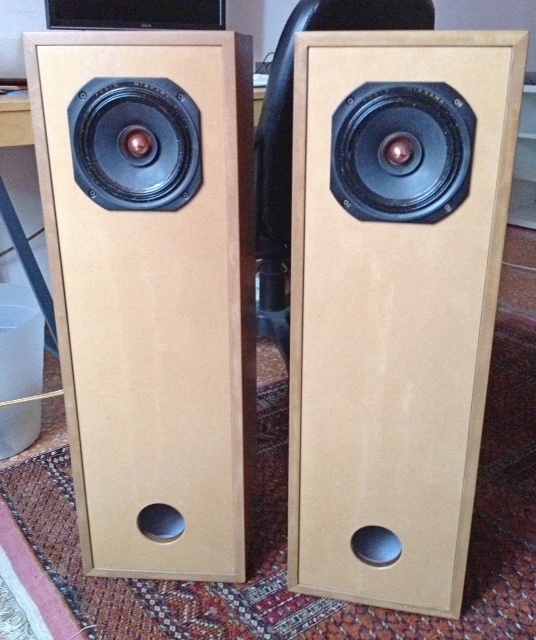

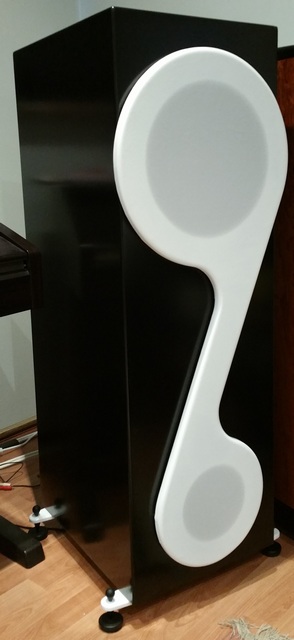
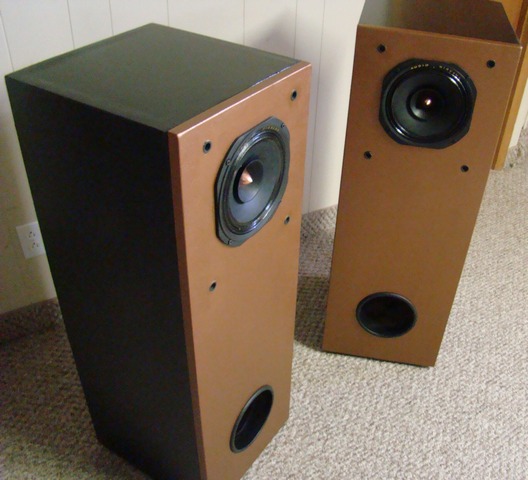
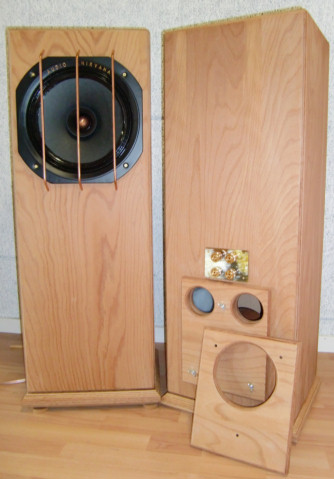
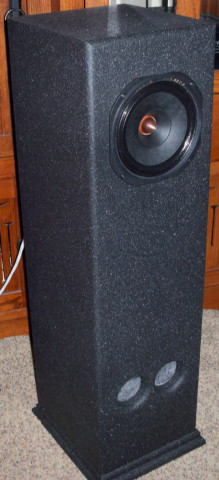
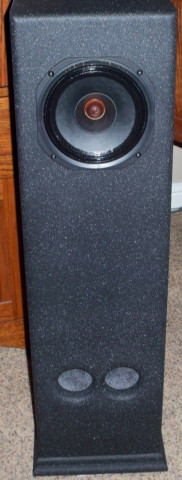


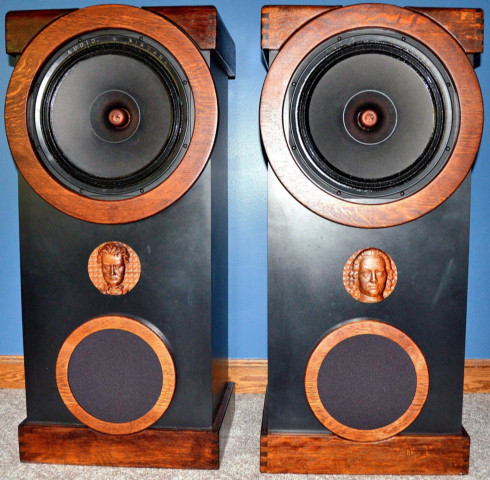
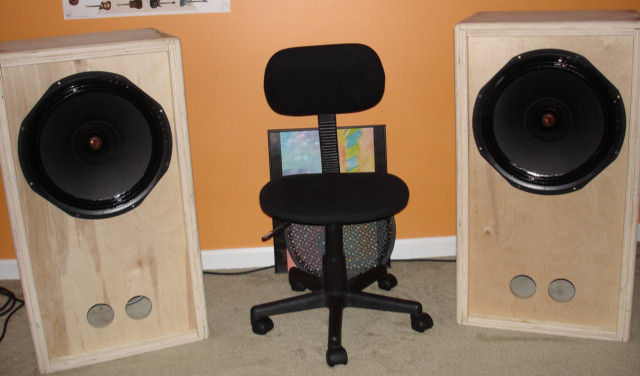



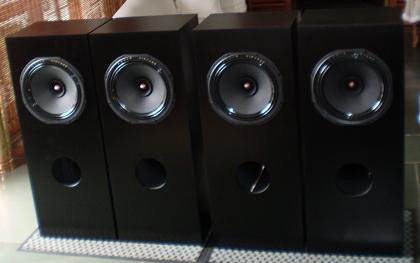
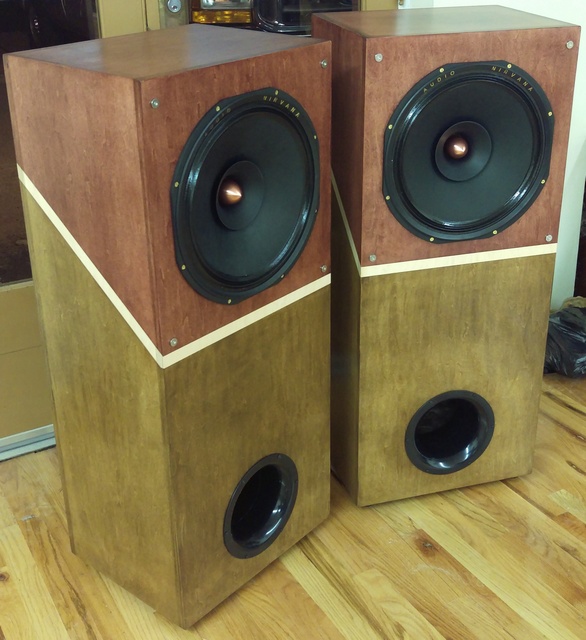

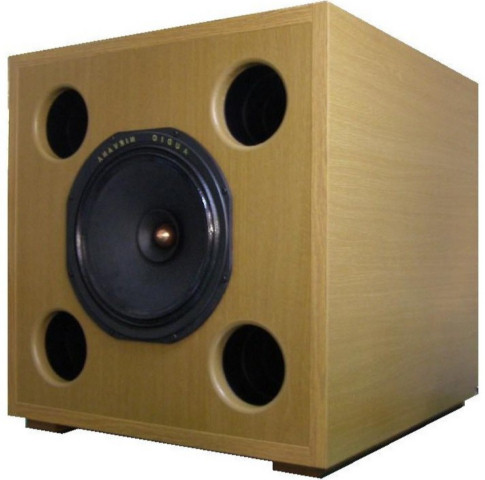
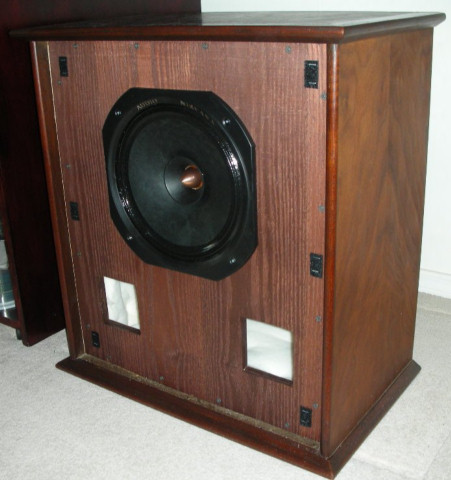

DIY Full Range Speakers--Bass Reflex Cabinets
BOOKSHELF SYSTEMS
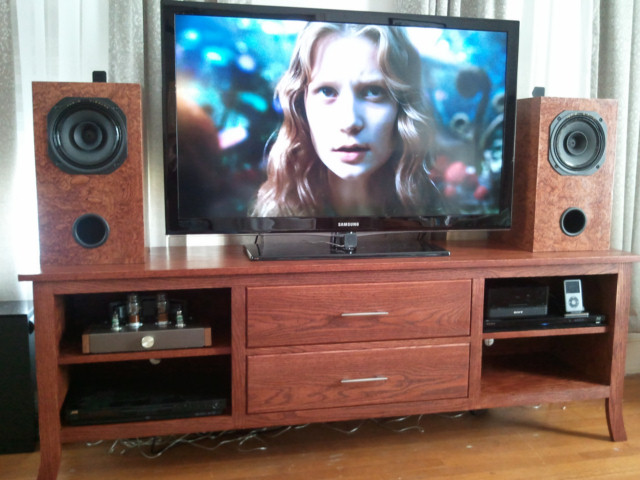
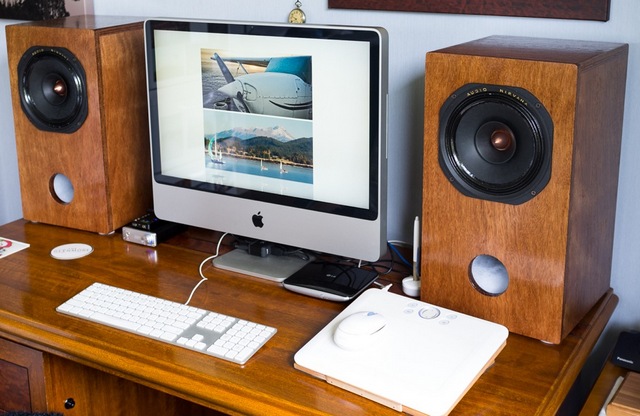
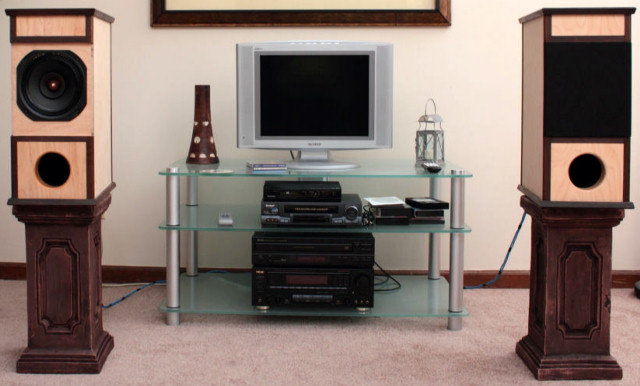
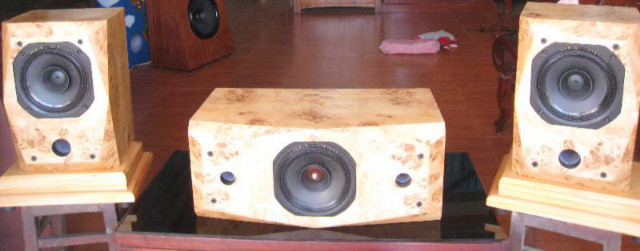
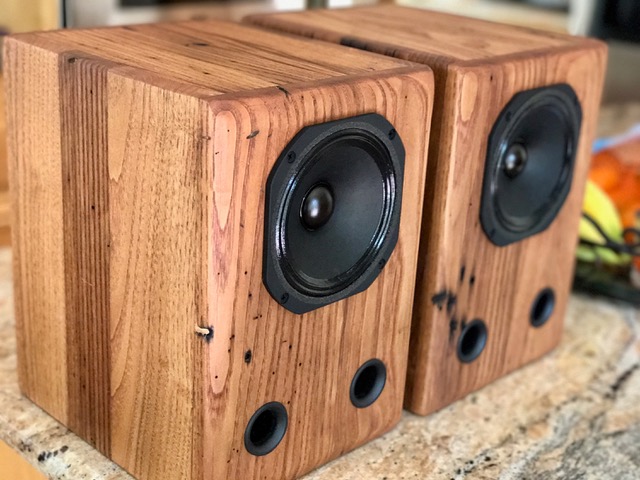
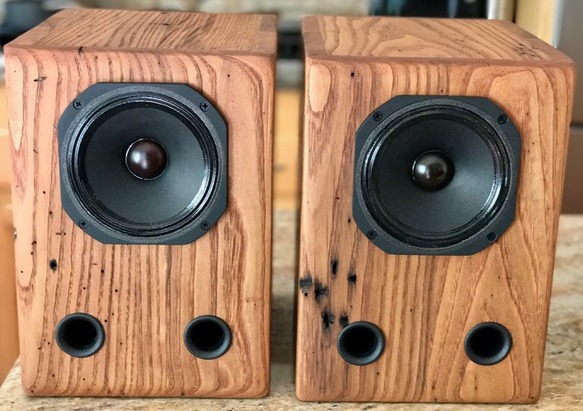
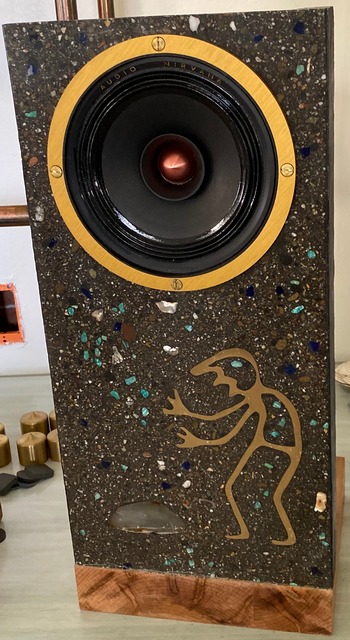
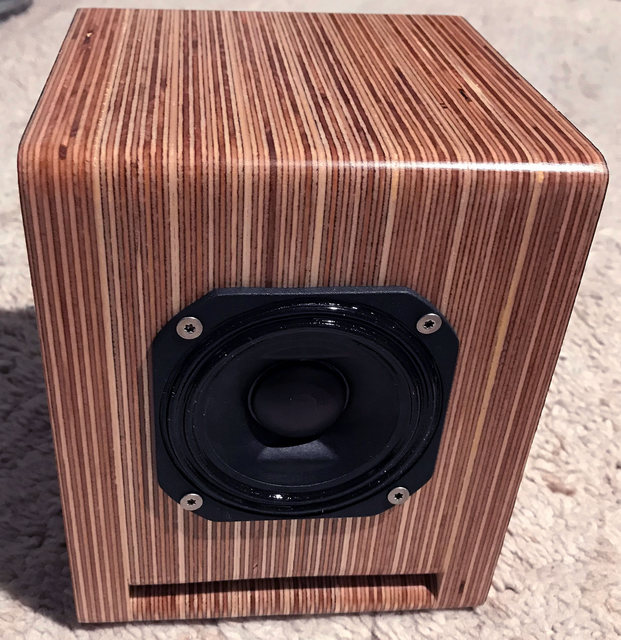
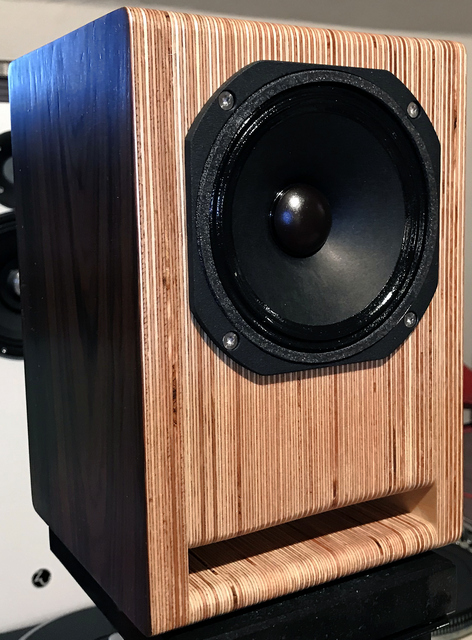

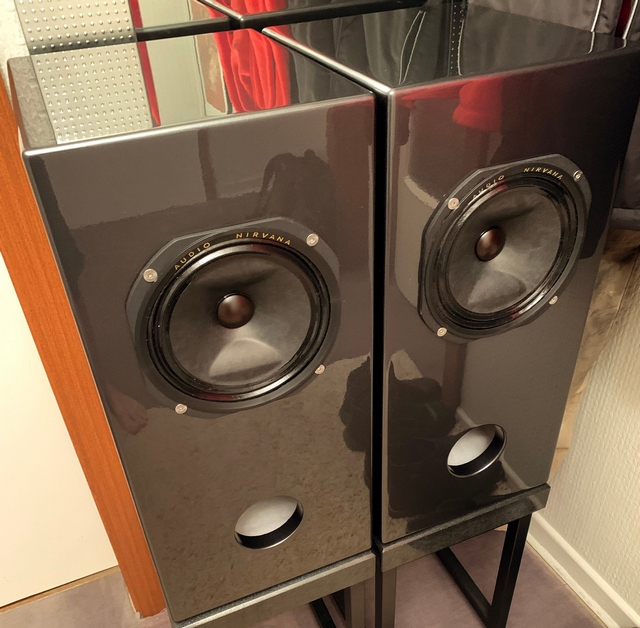
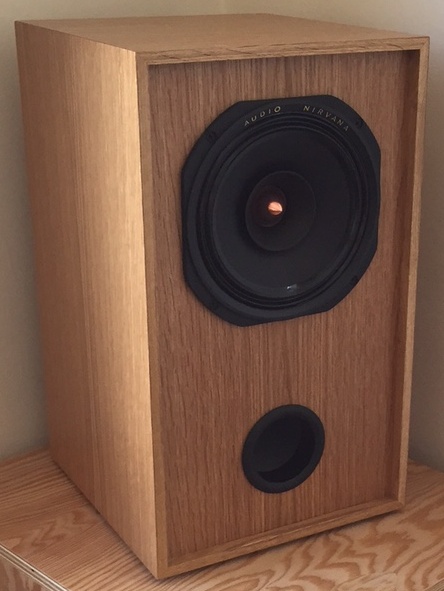
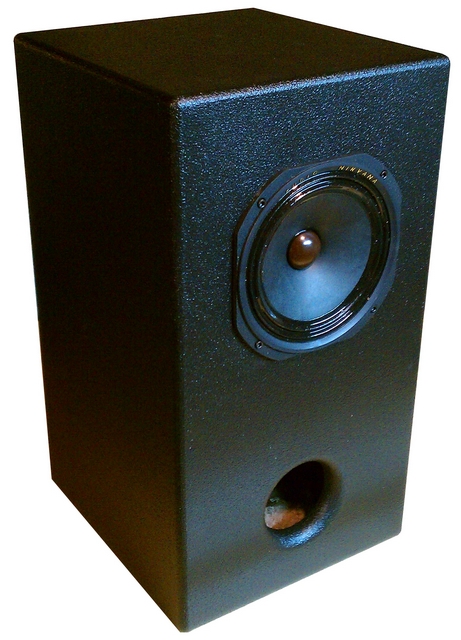
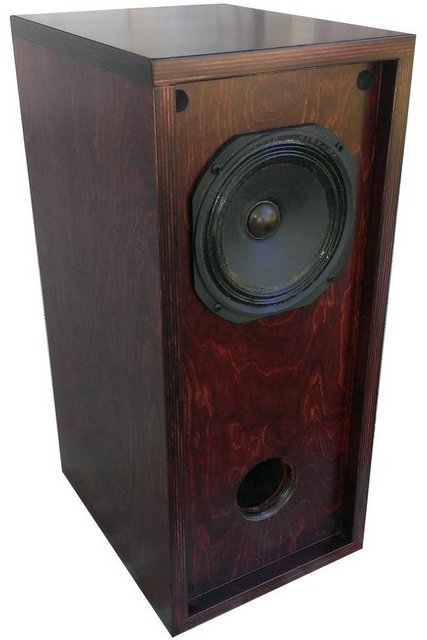
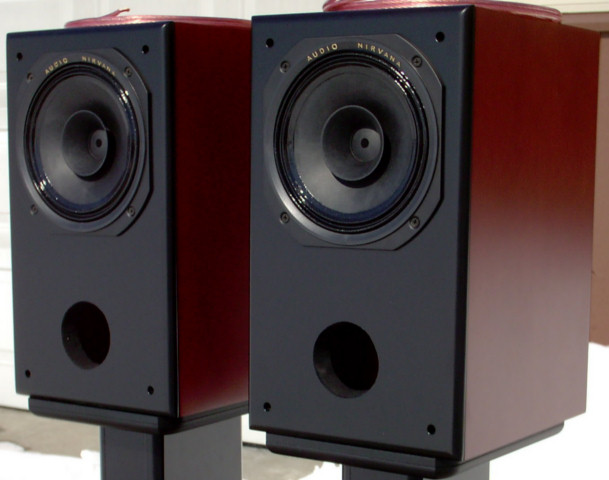
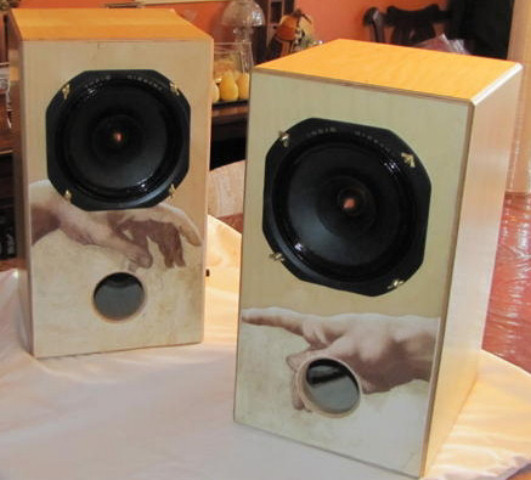

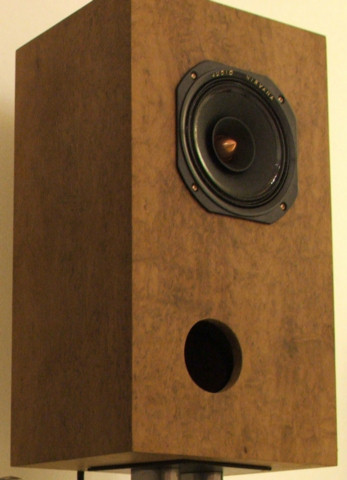
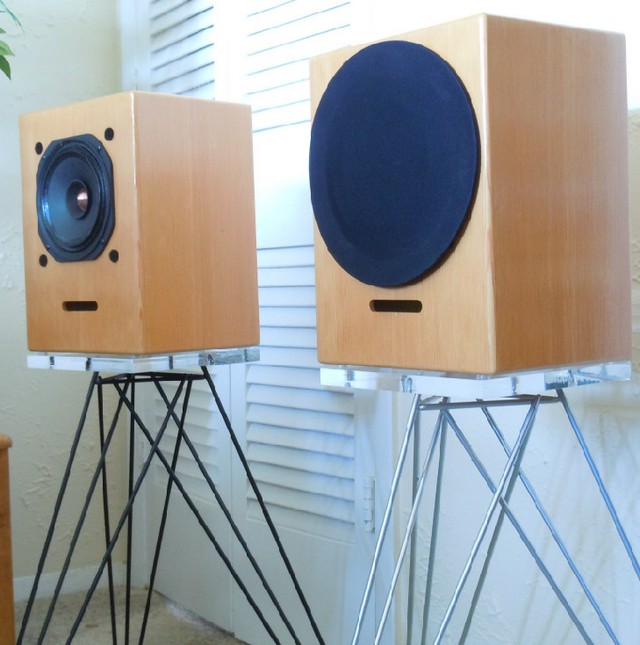
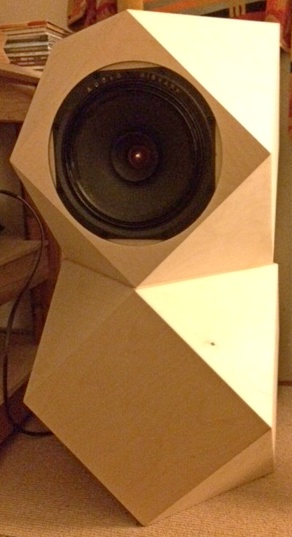
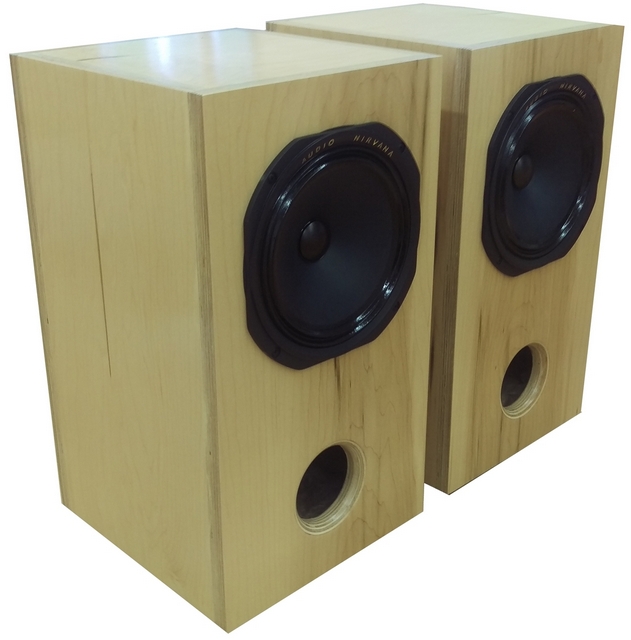

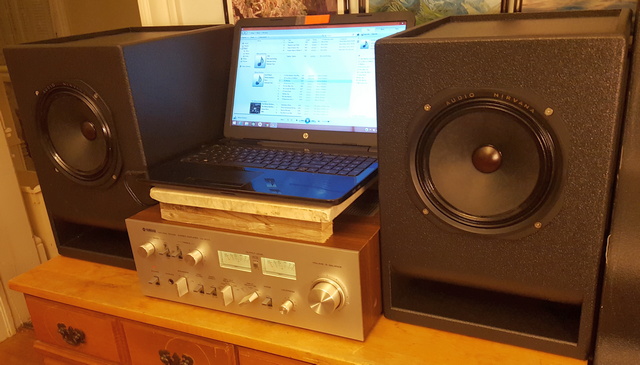
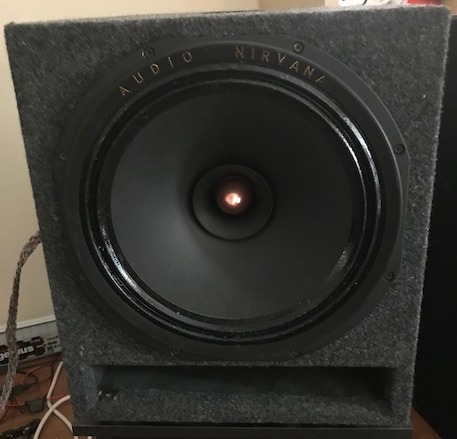
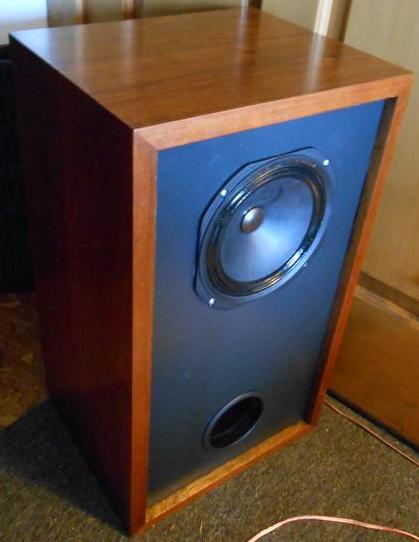

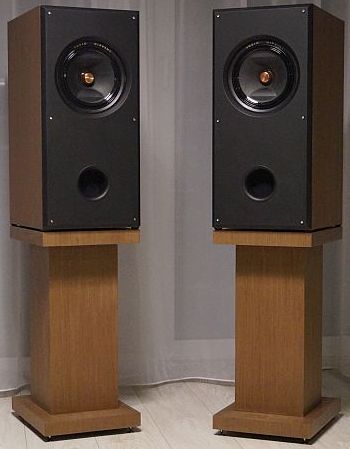

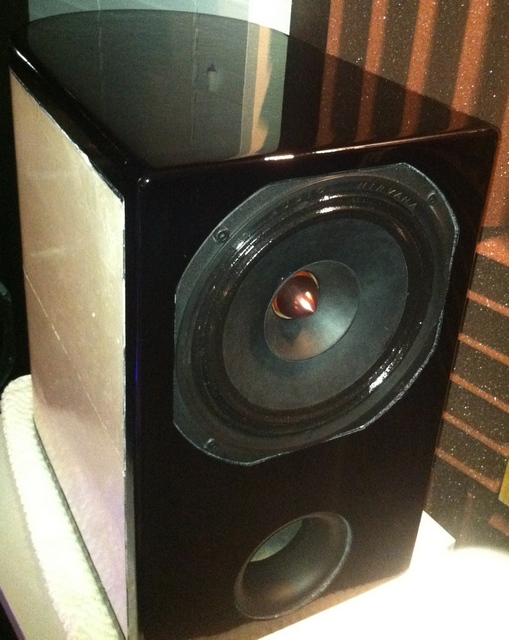
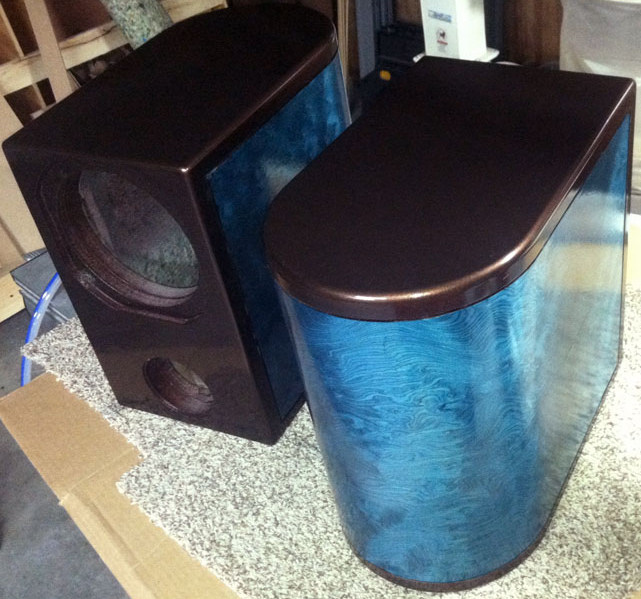
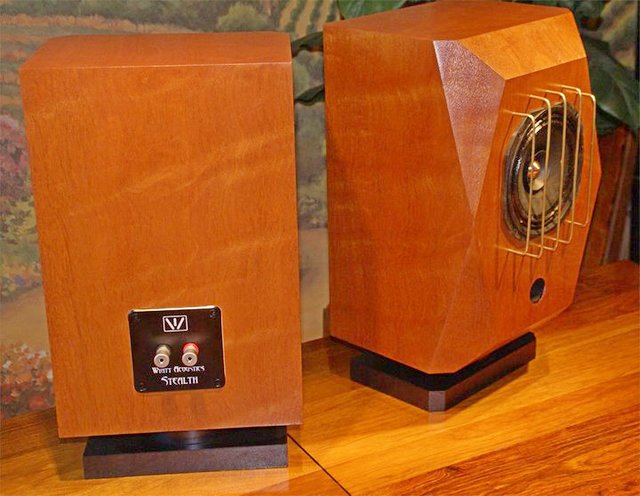

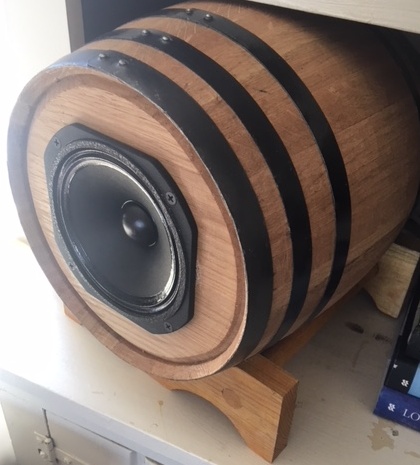

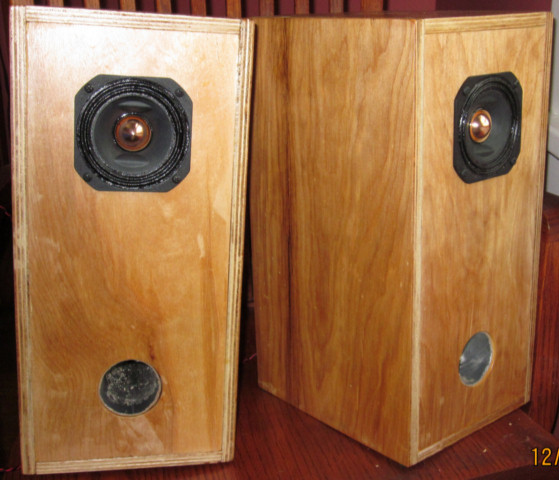
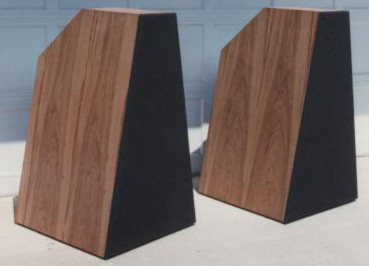
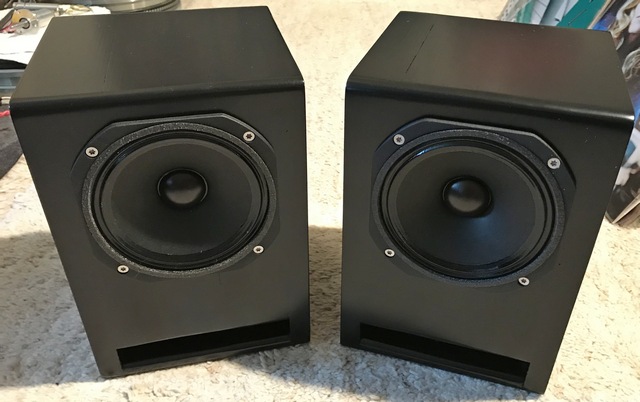
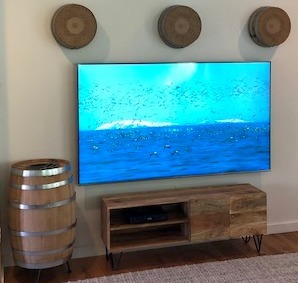
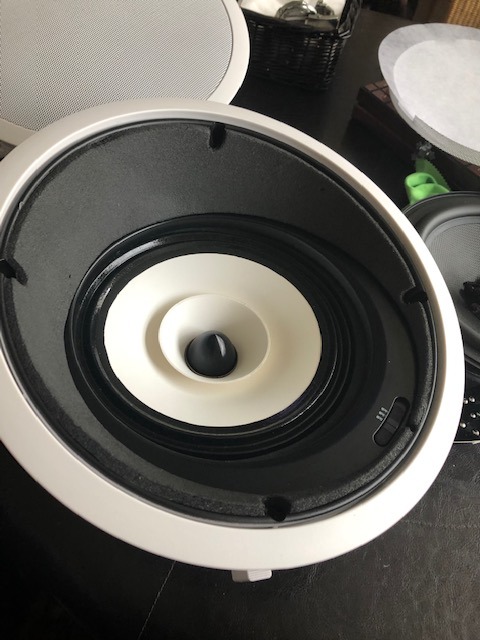

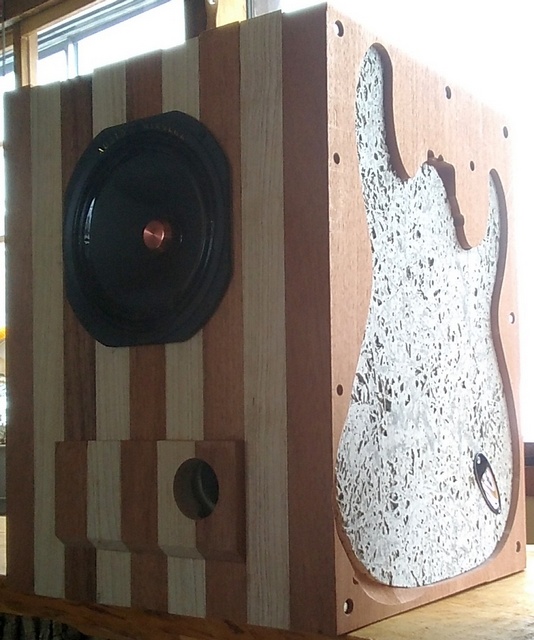
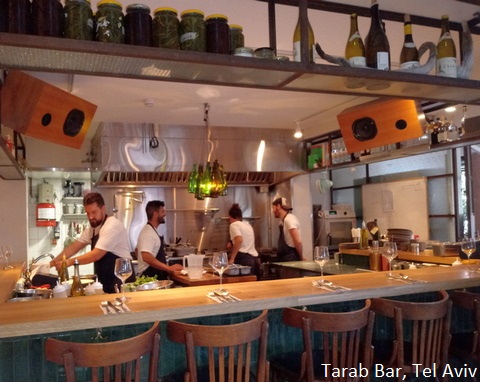
DIY Full Range Speakers--Multi-Driver Bass Reflex Cabinets
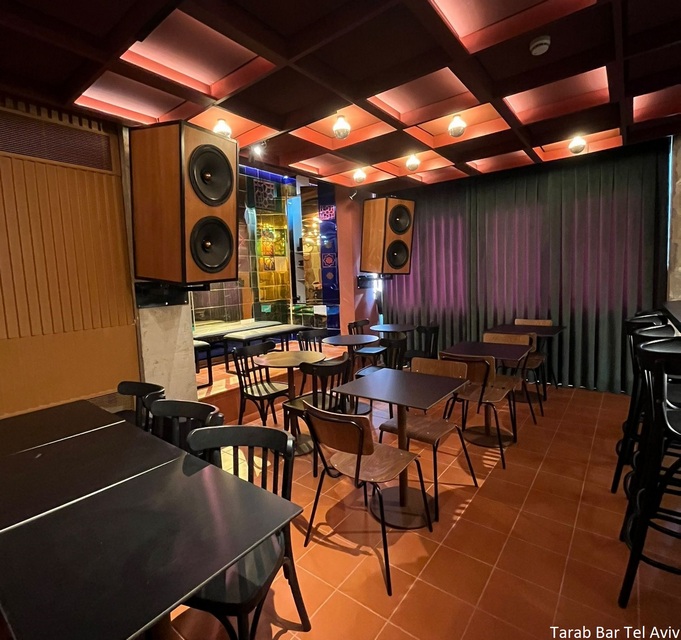
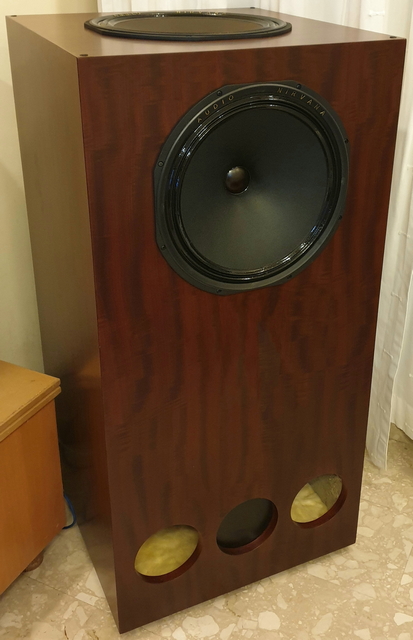
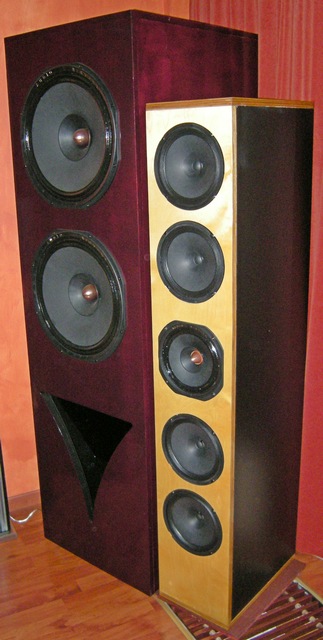
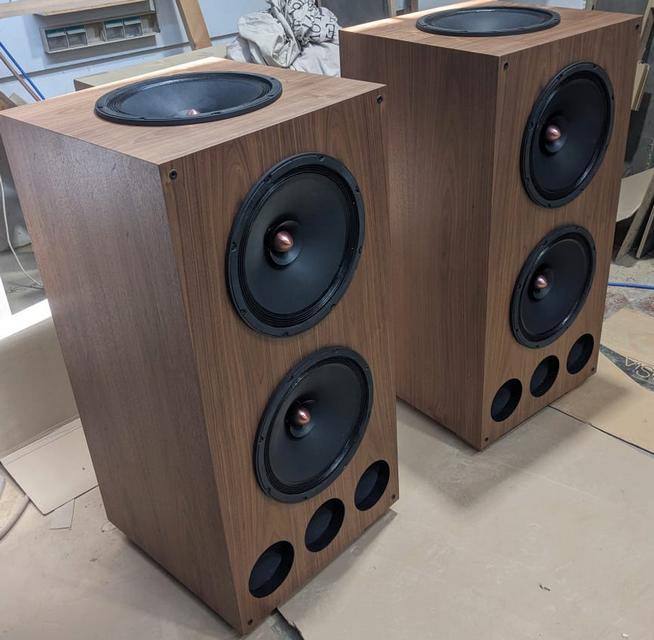

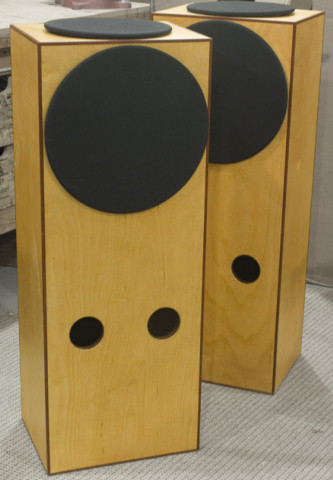

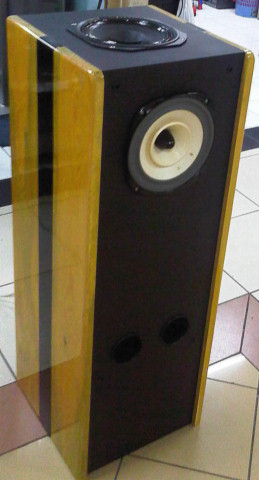
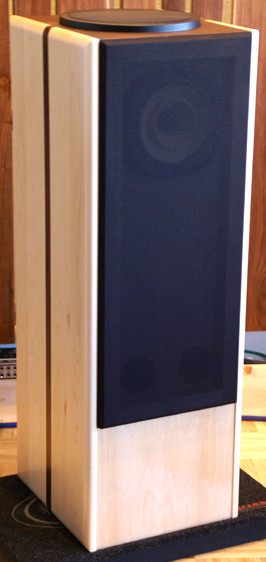
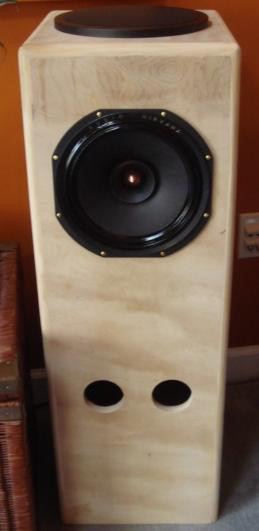

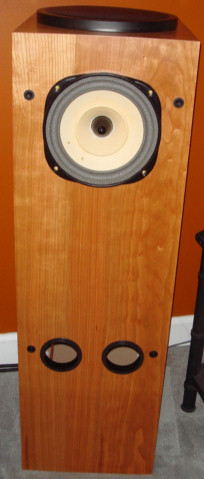
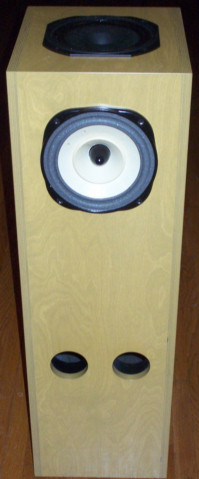
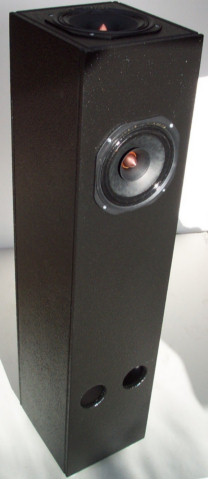


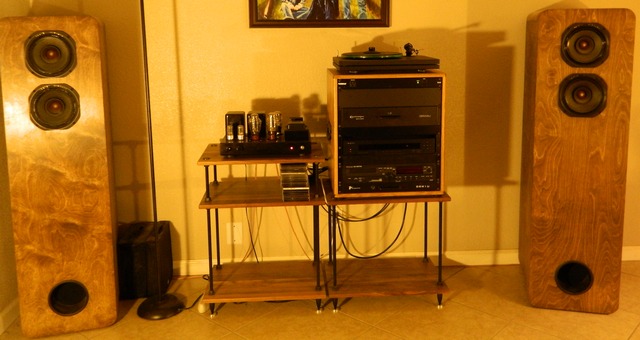
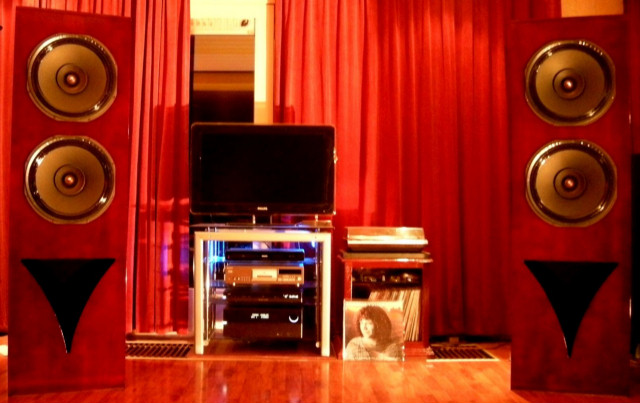
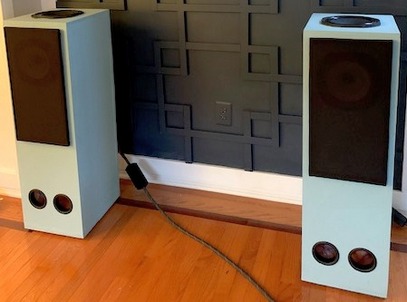



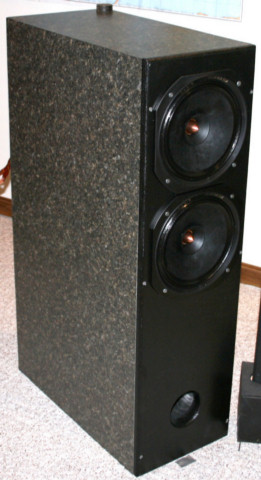

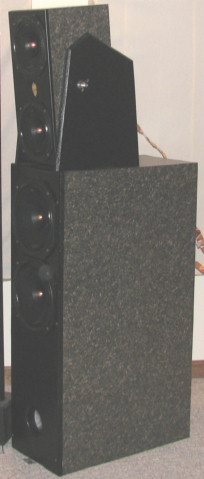
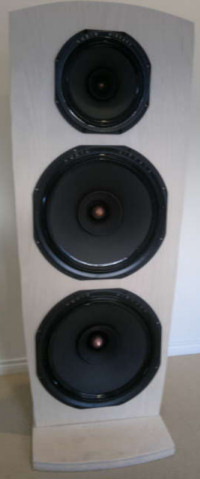
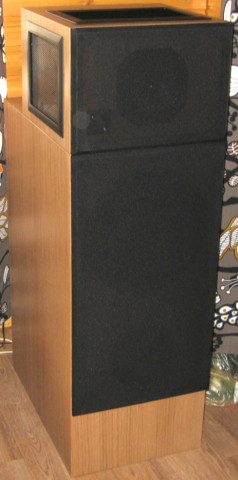

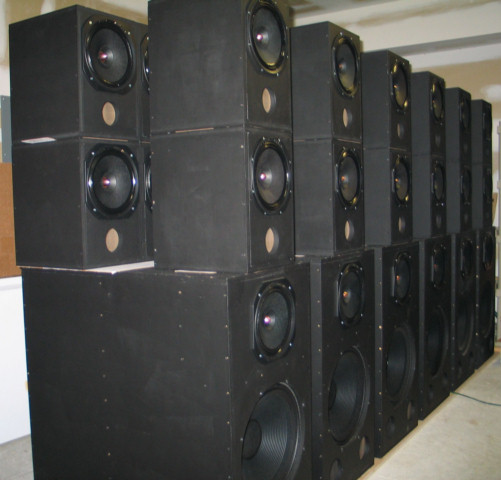
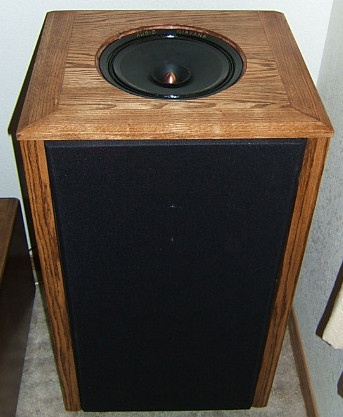

DIY Full Range Speakers--Bass Horn Cabinets
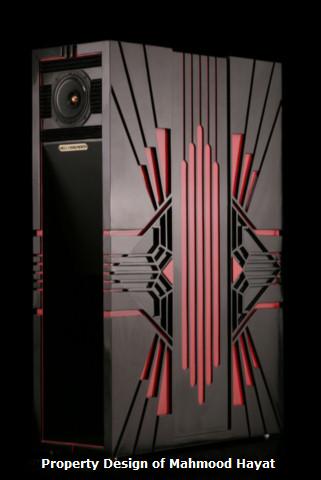
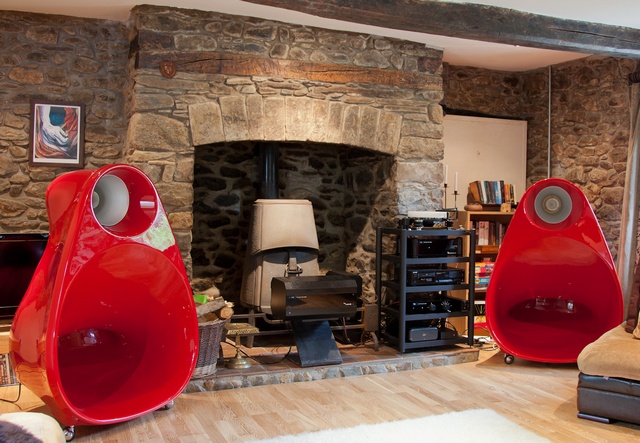
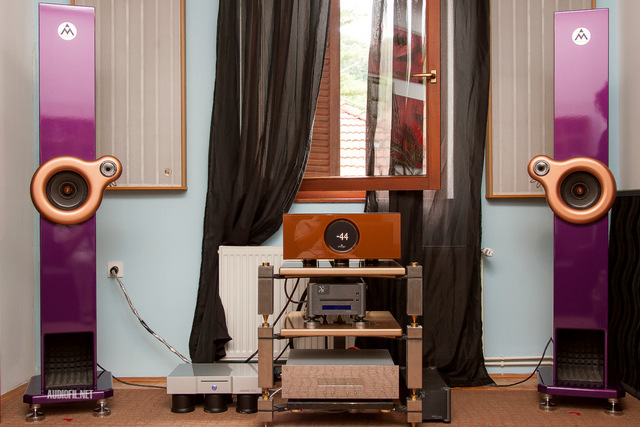
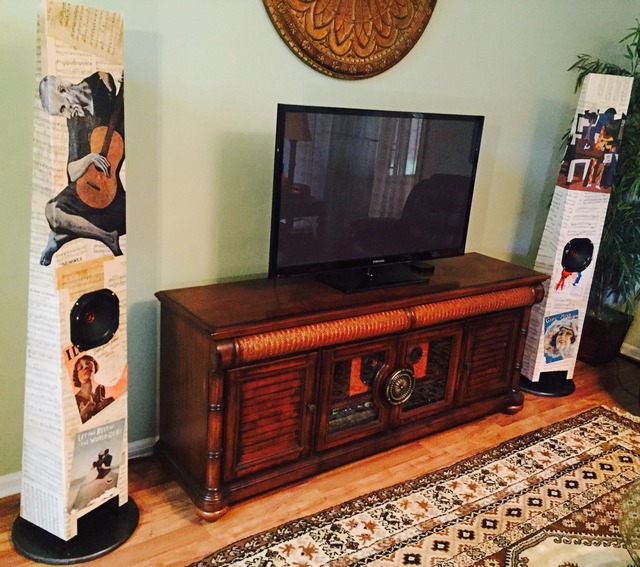
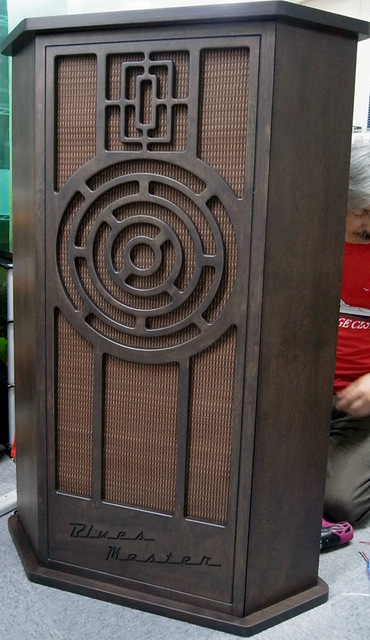
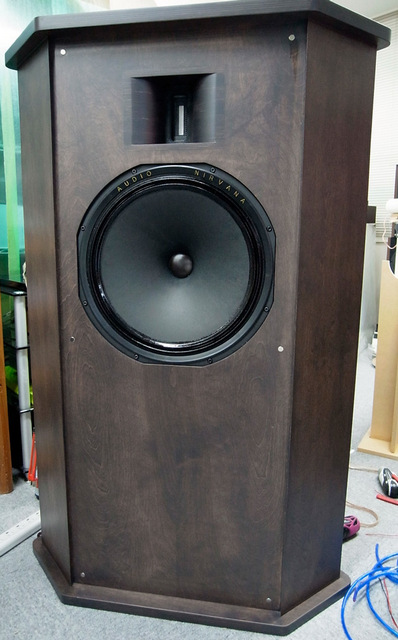
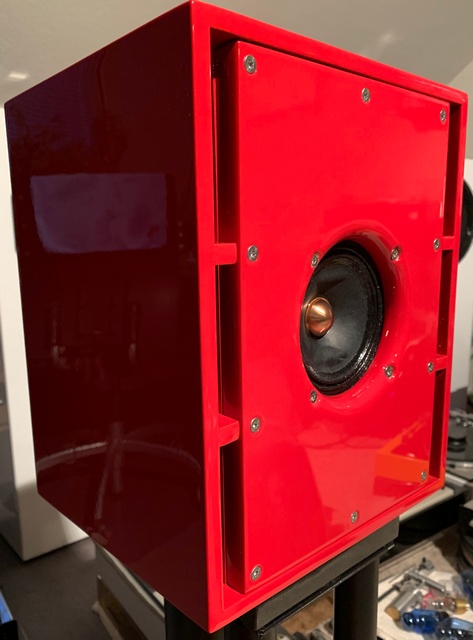
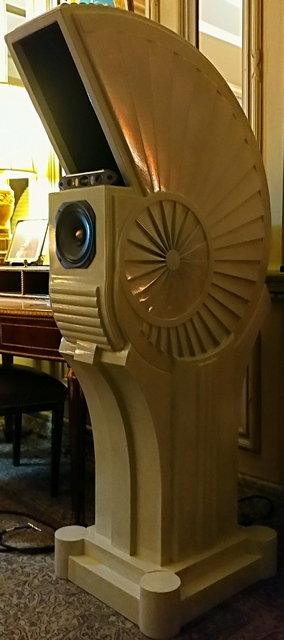
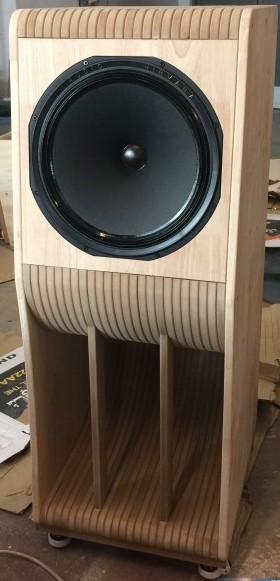
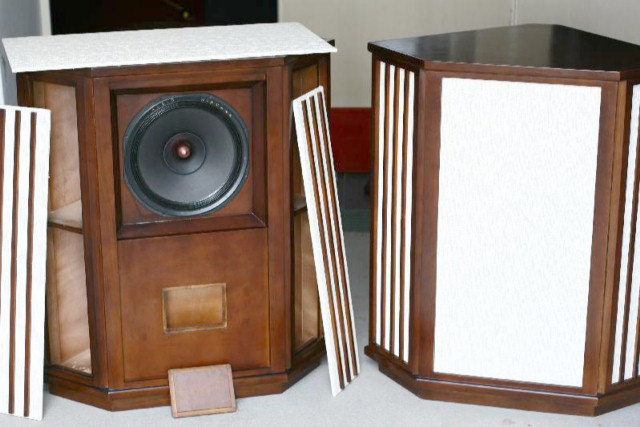
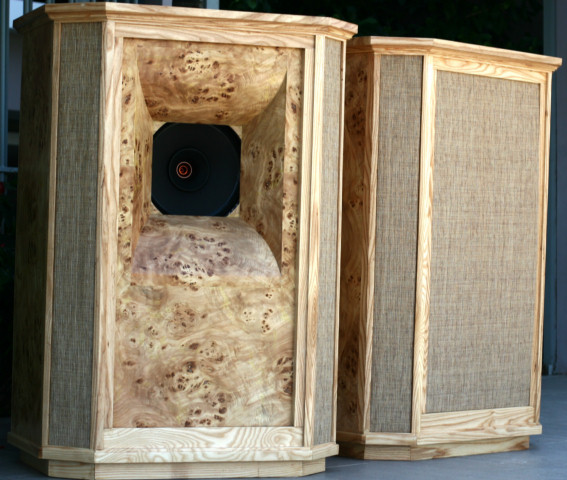



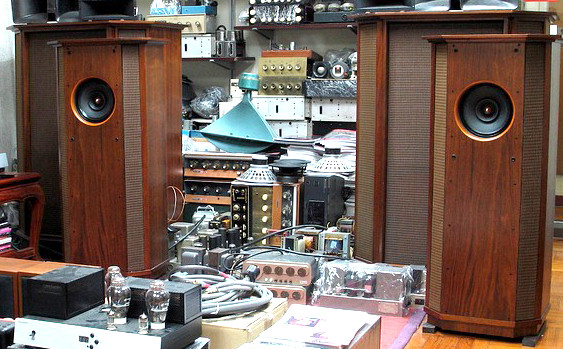
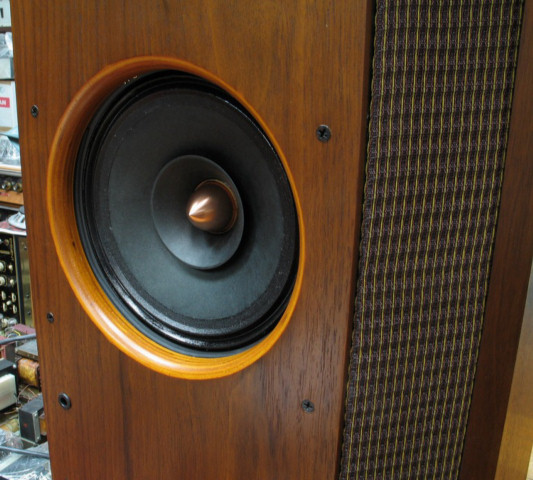
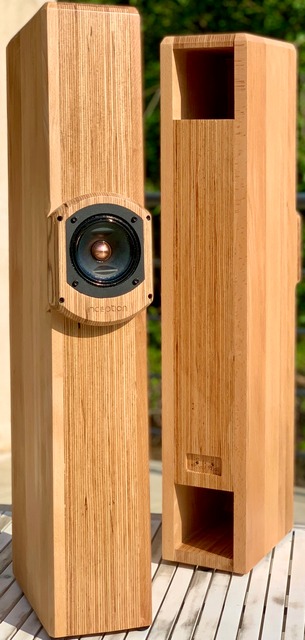
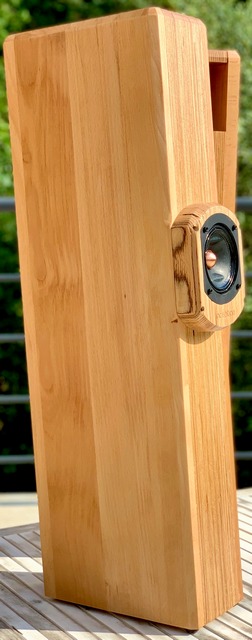


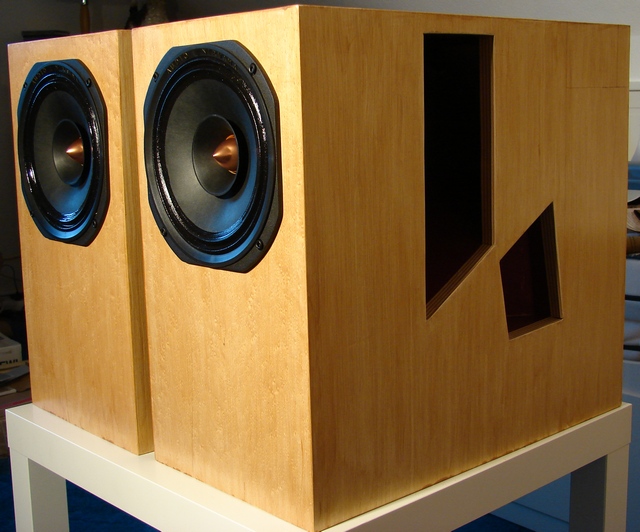
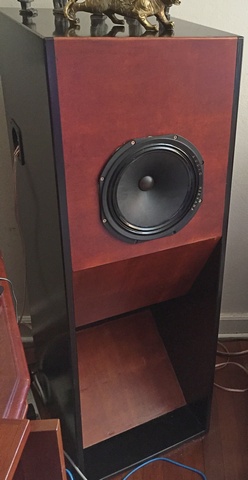
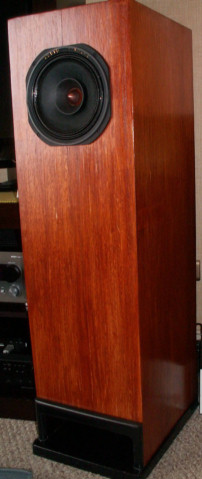
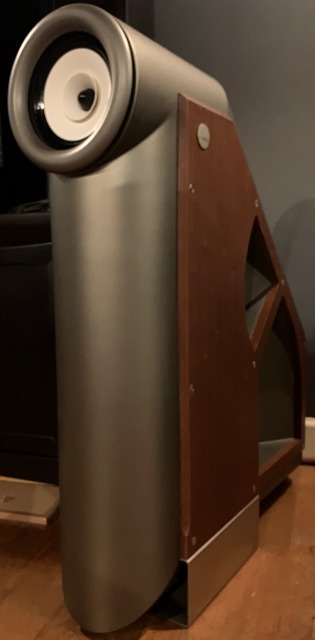

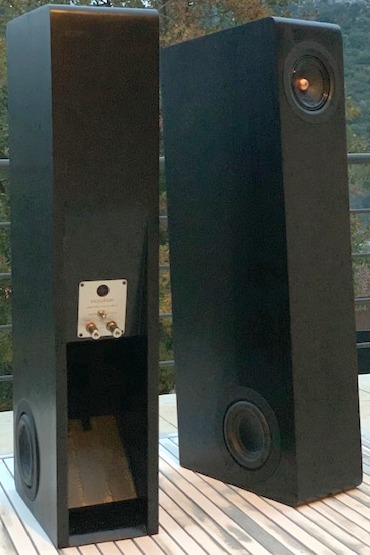
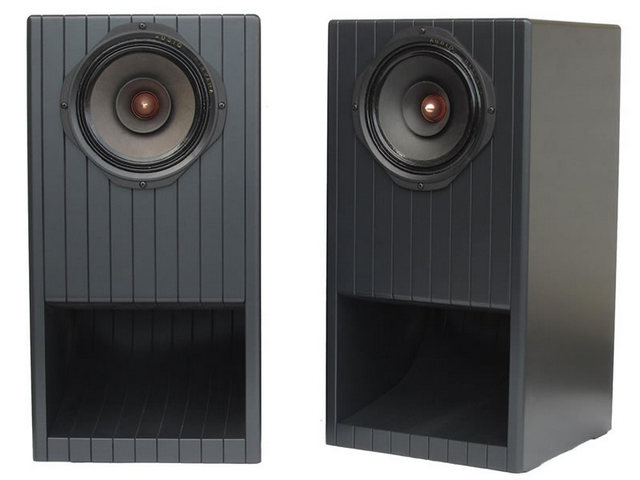
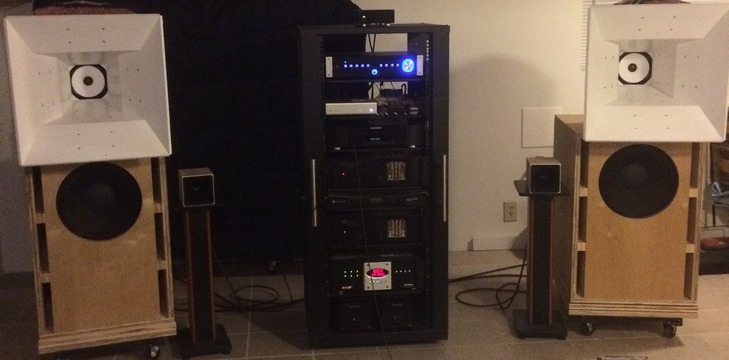
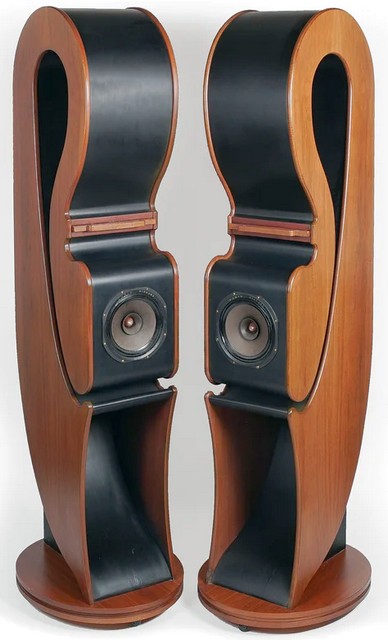
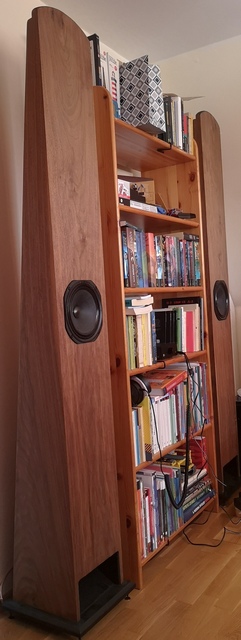
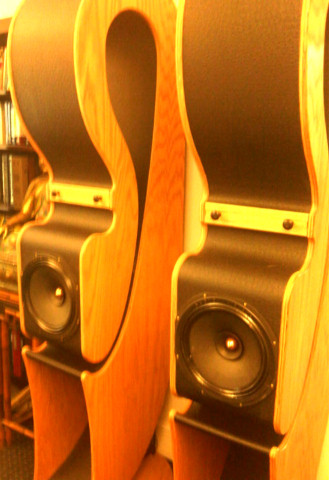
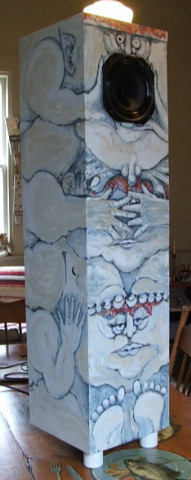
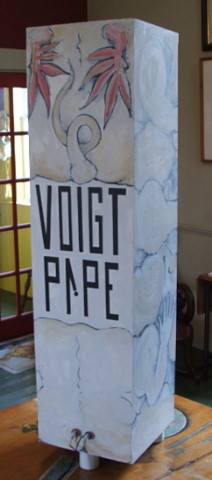
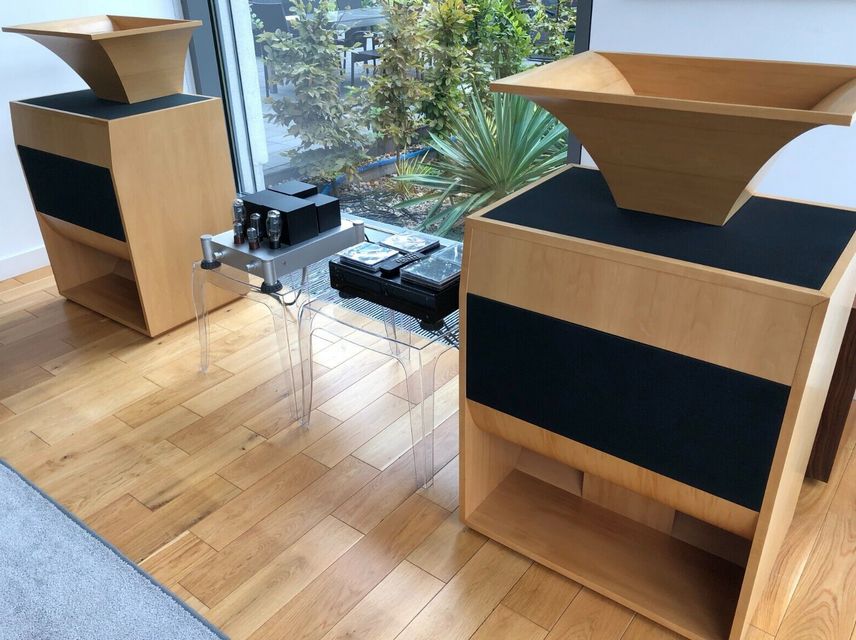

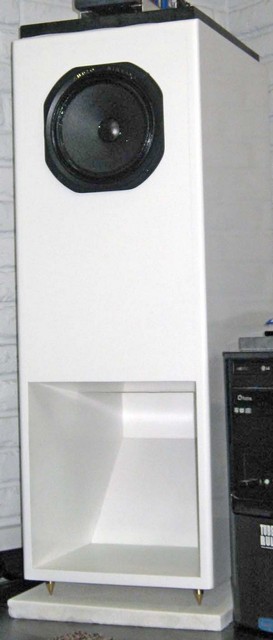
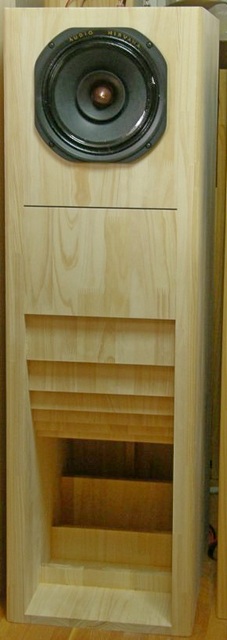
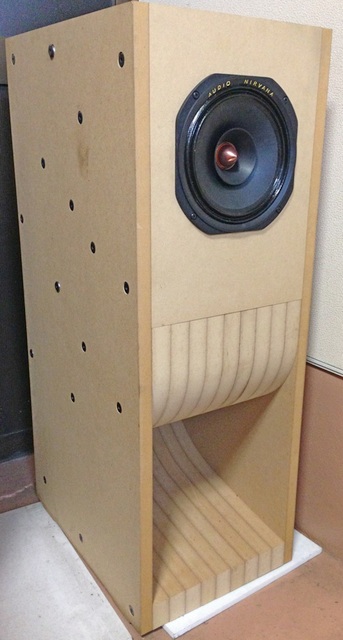


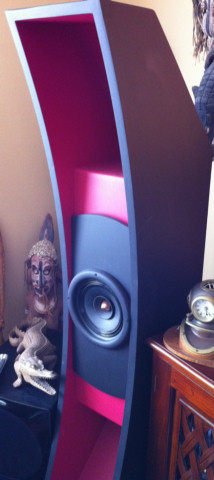


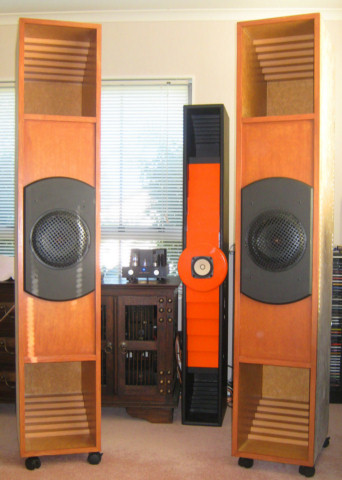
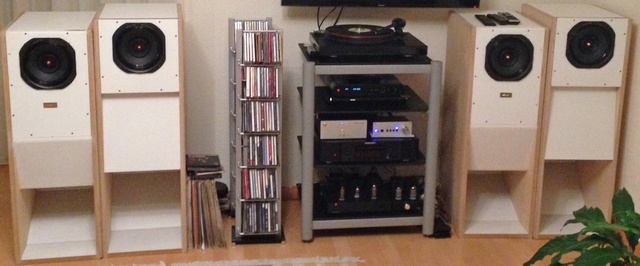
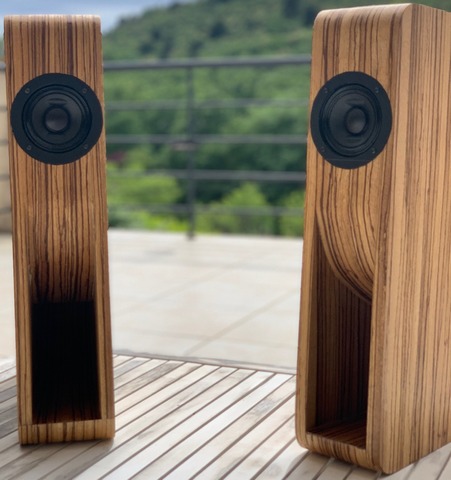
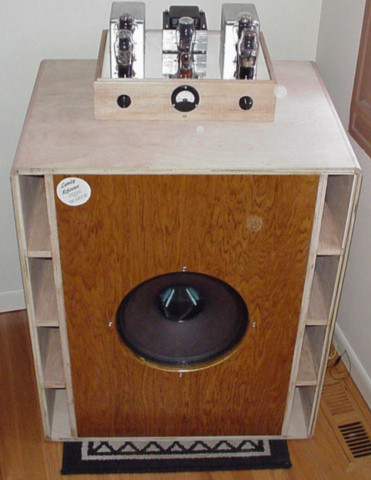
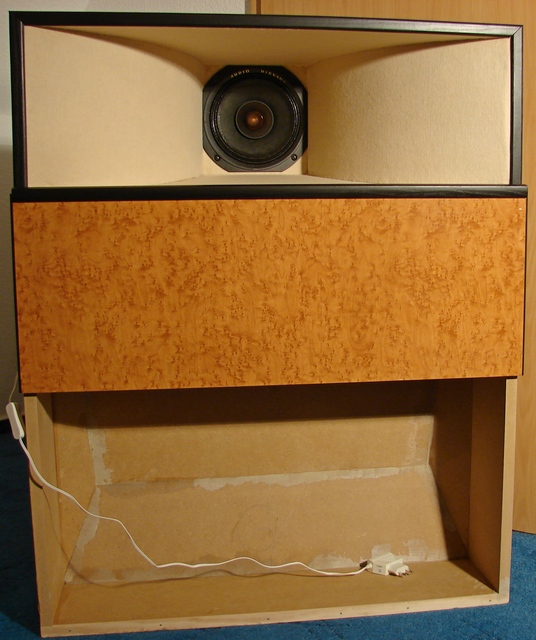
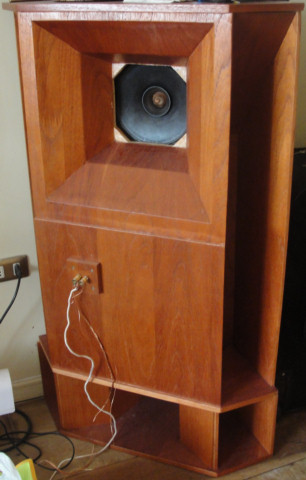
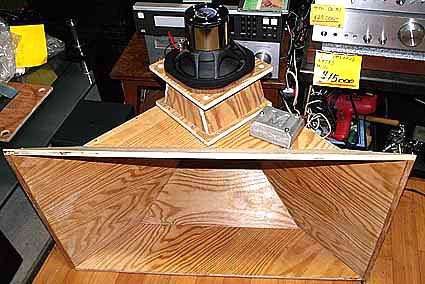
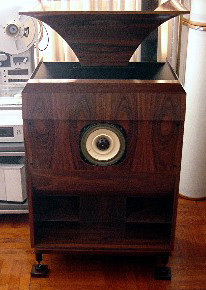
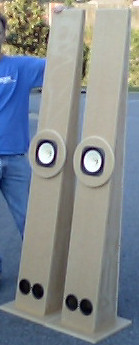

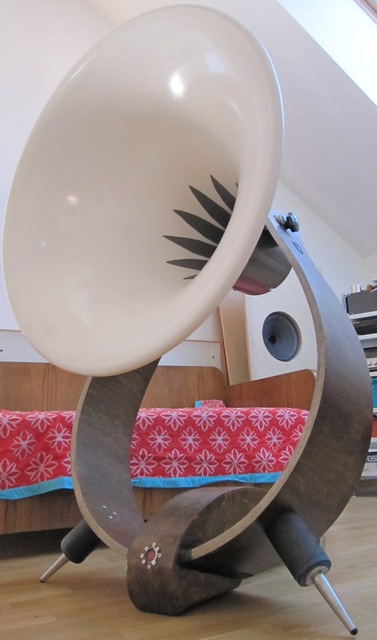
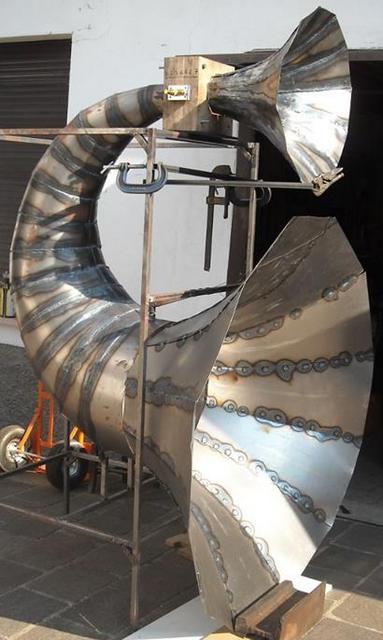
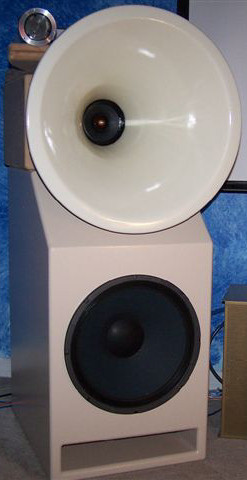



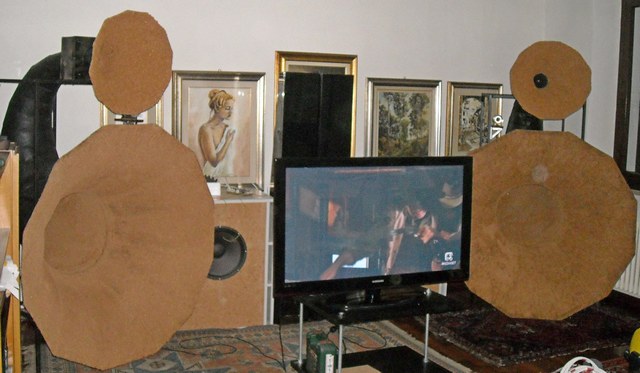
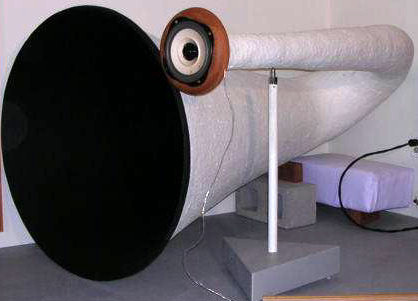
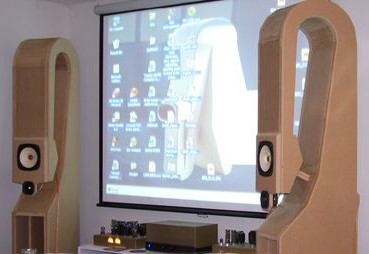
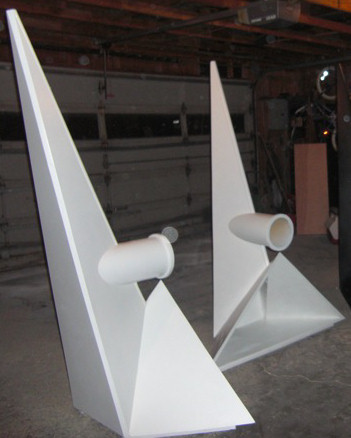
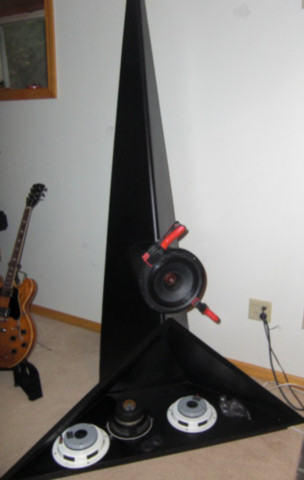

DIY Full Range Speakers--Open Baffle Cabinets
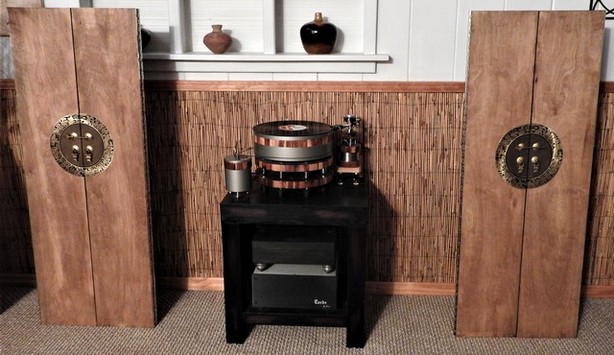
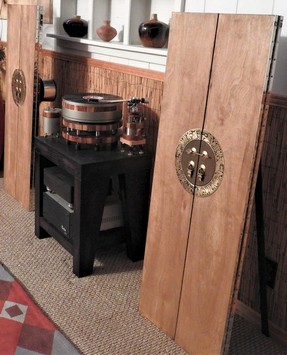
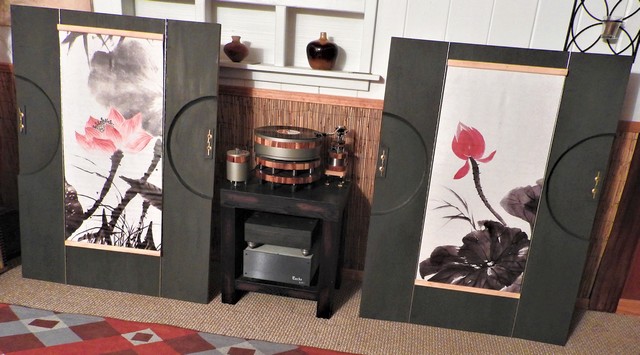
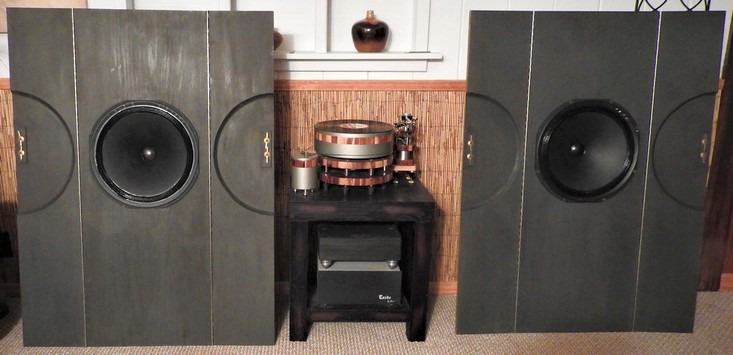


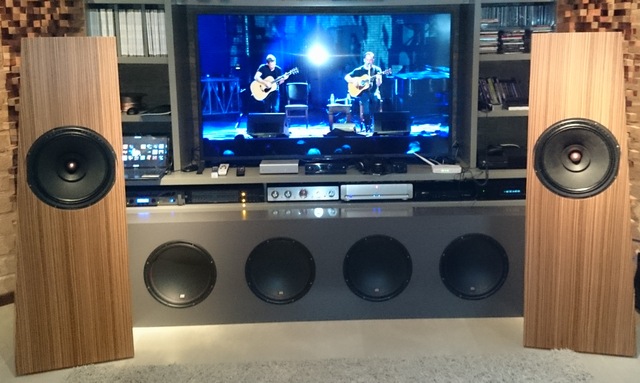

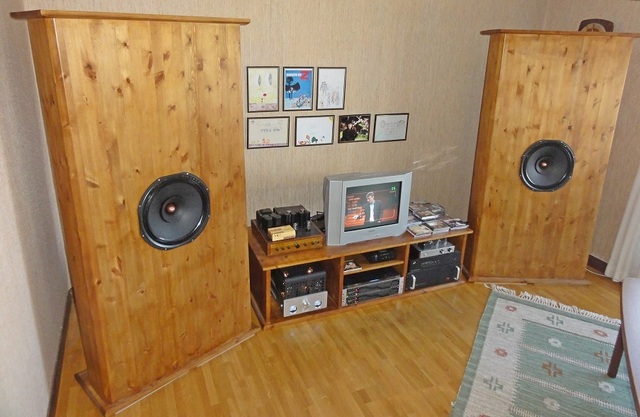
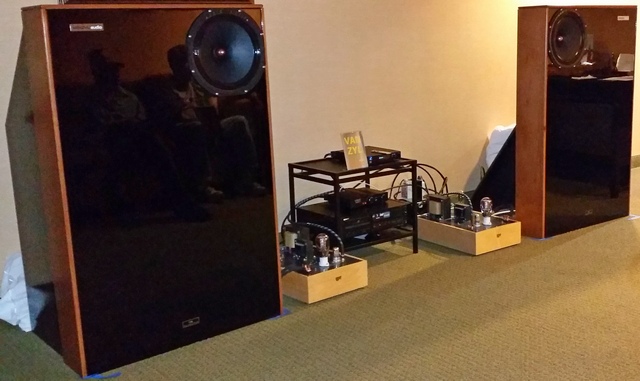

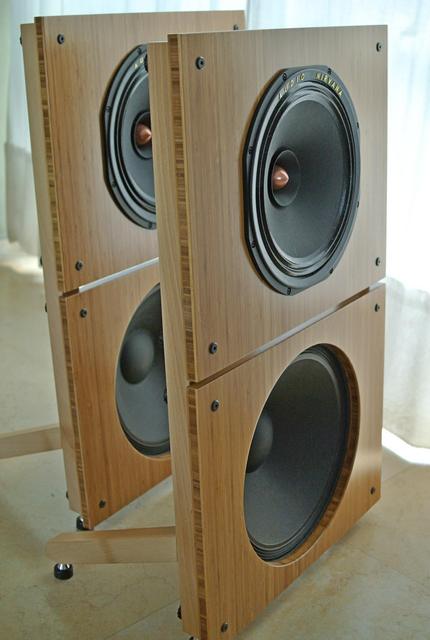

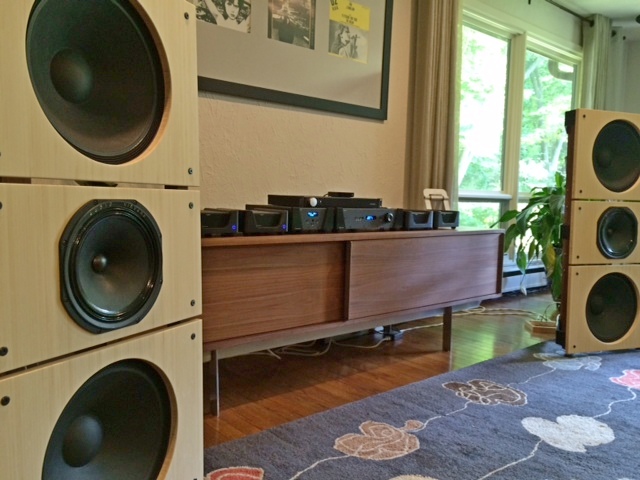

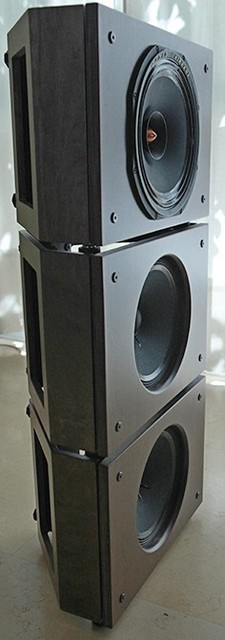
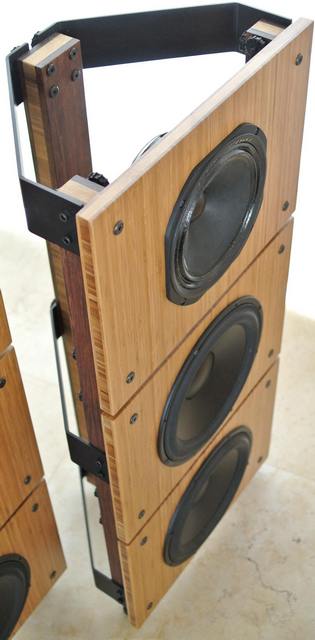
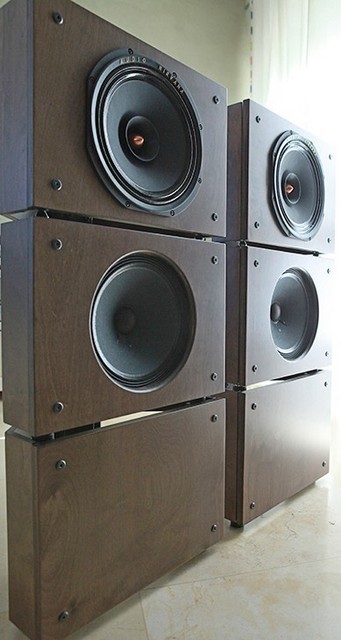
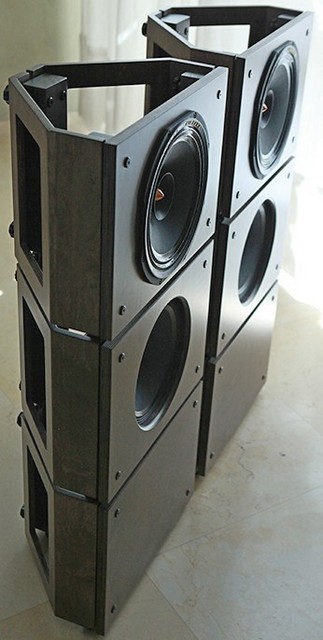
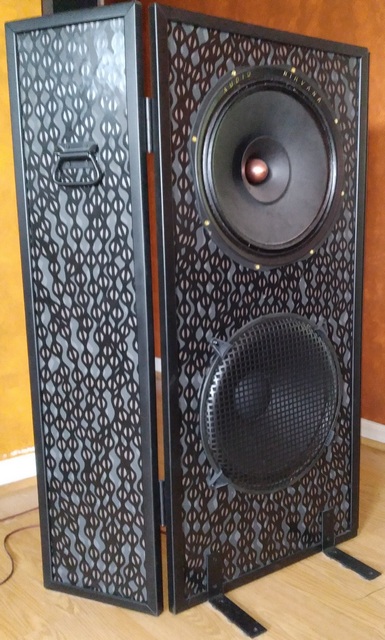
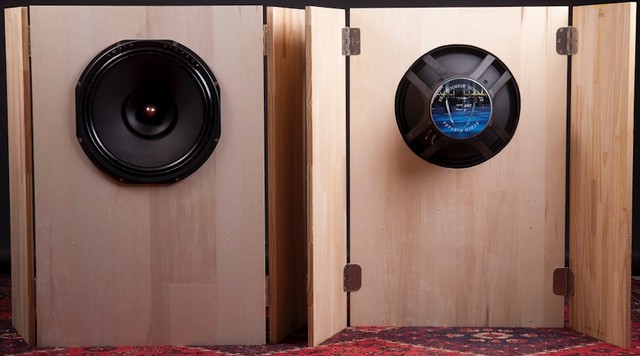

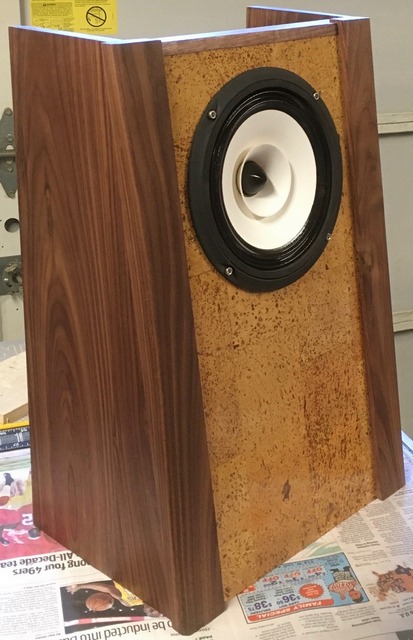
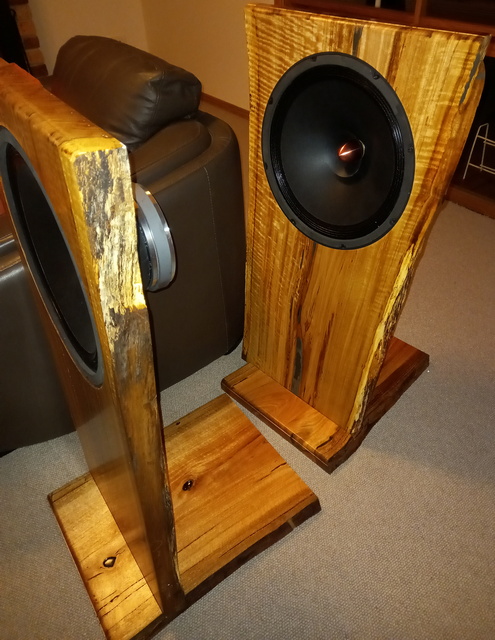
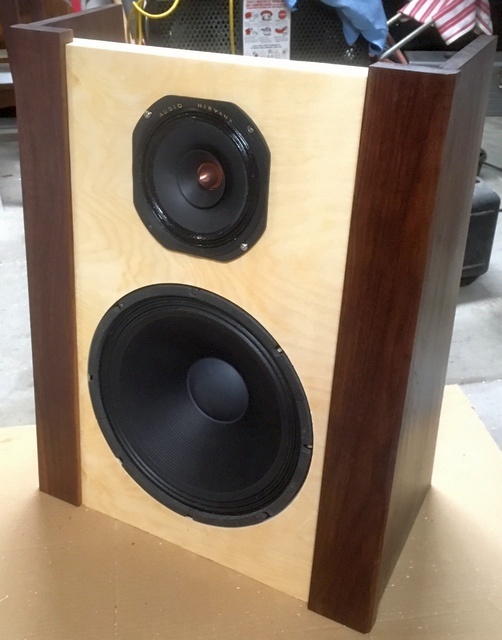


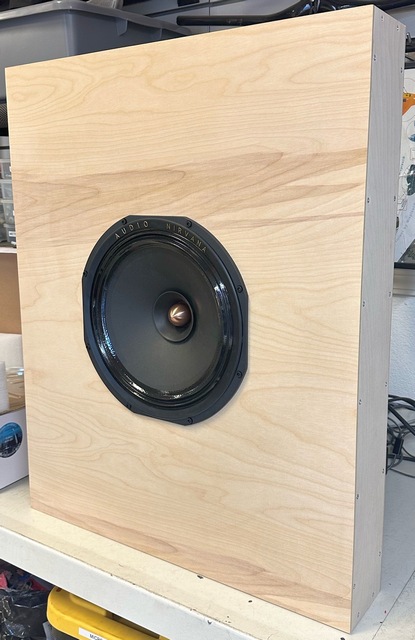
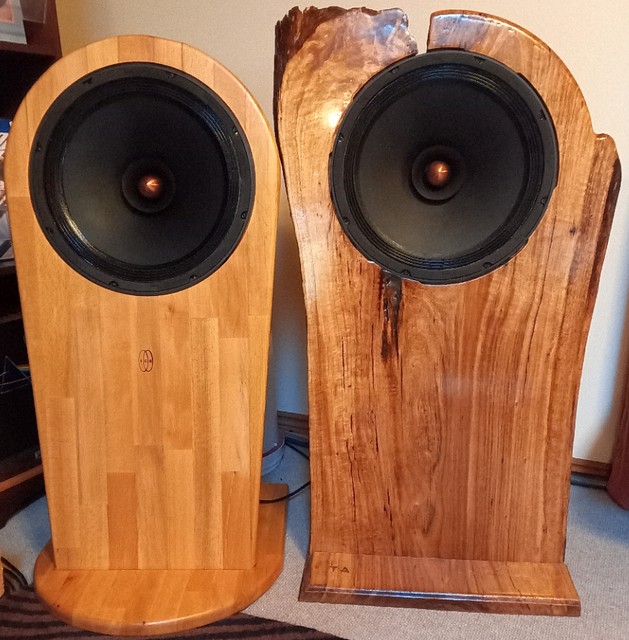

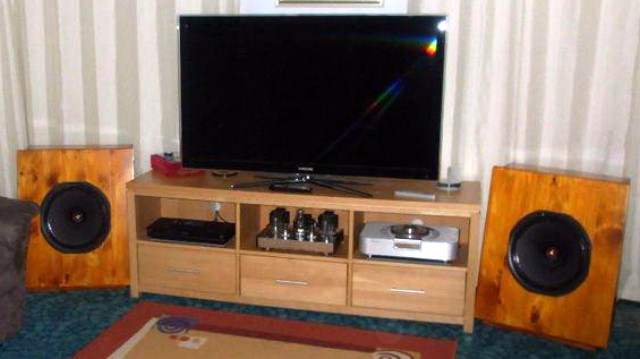
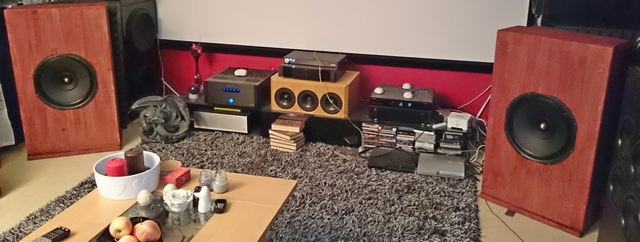
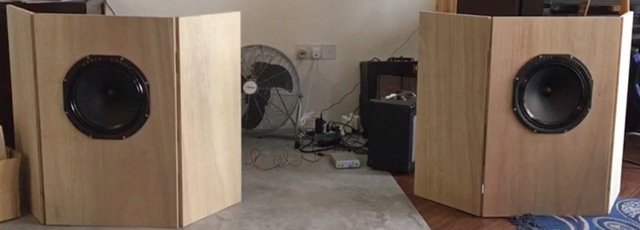
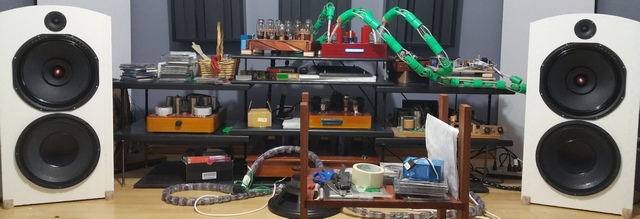
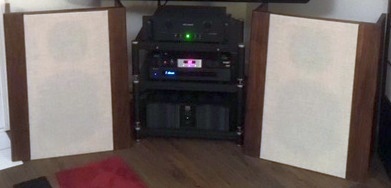
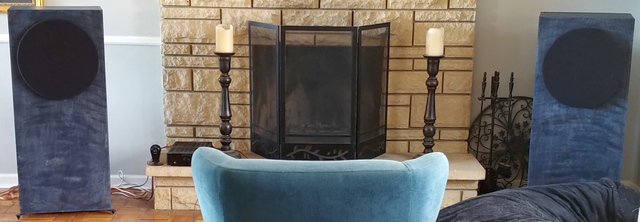
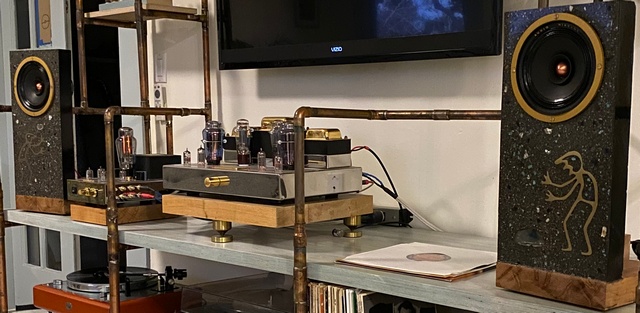

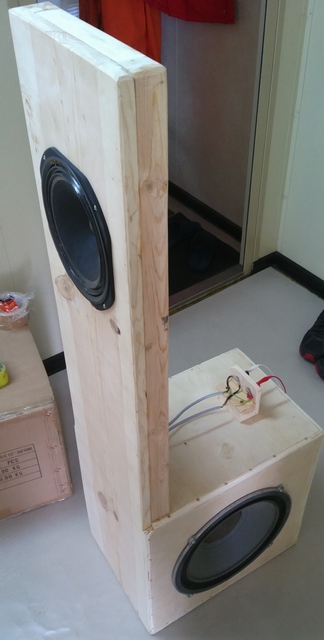
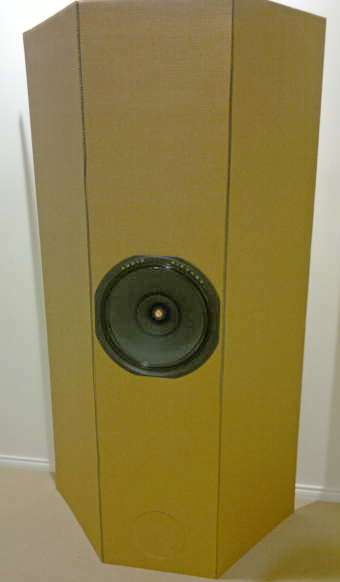
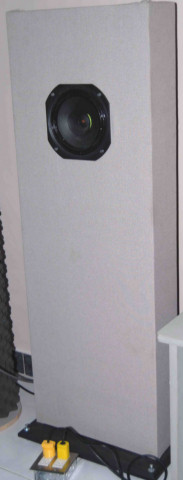


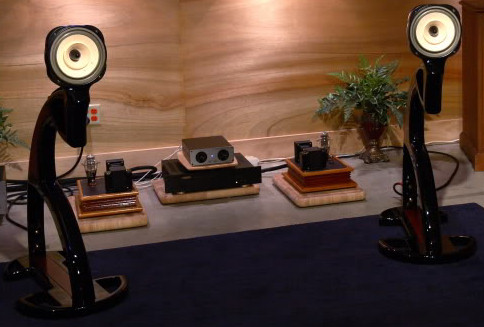
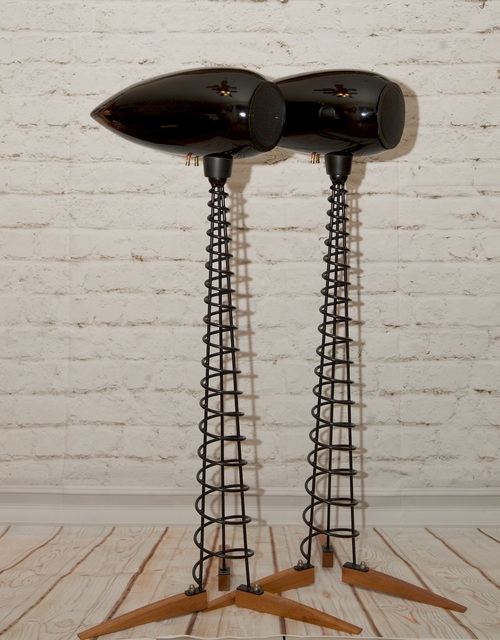
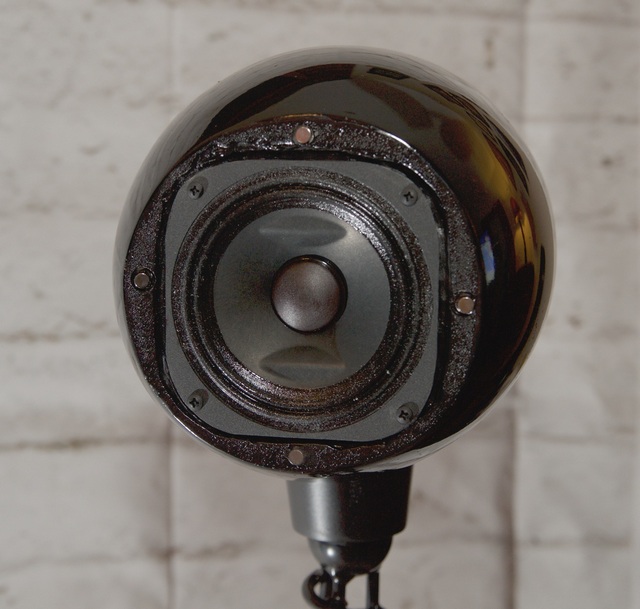
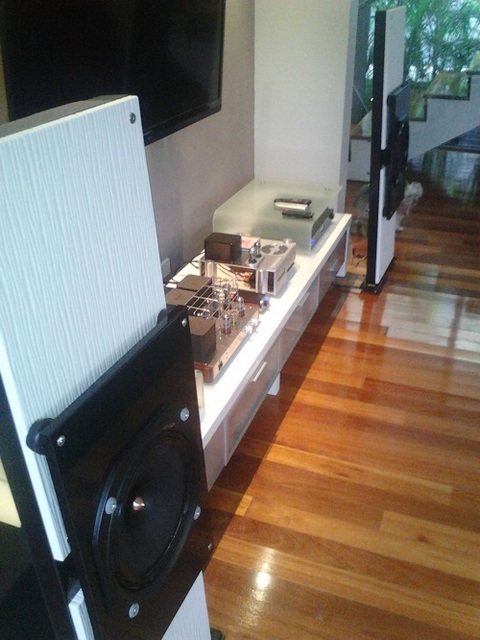
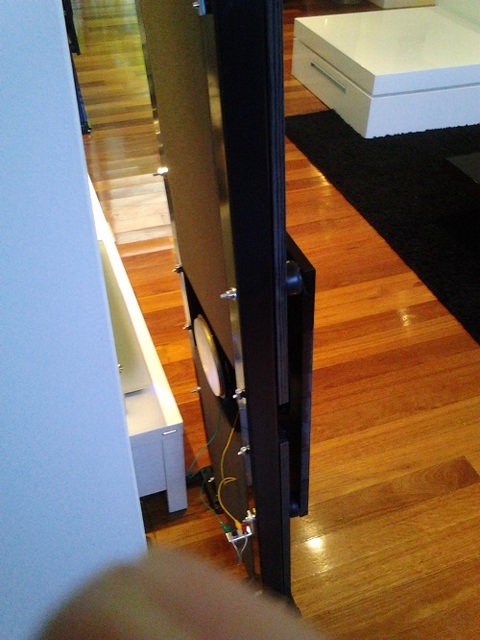
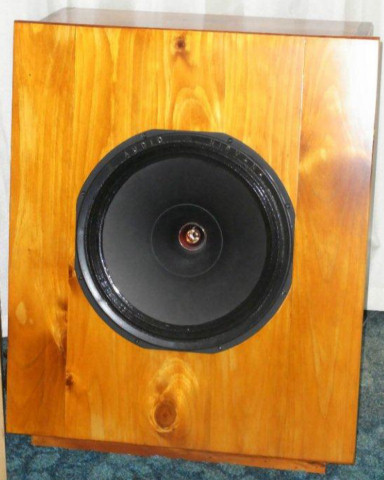
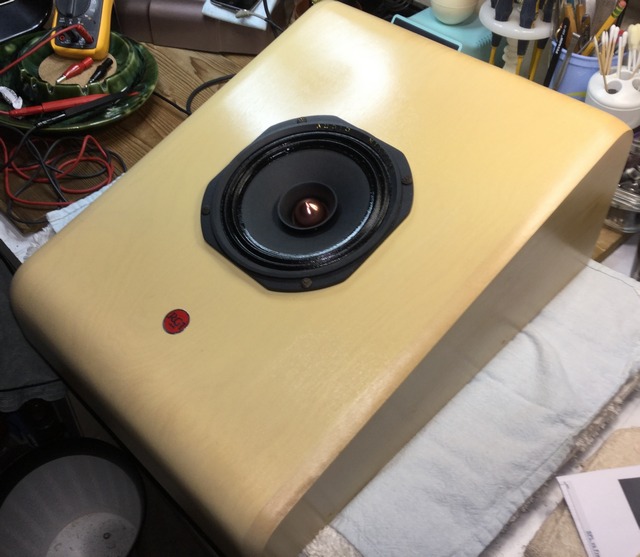
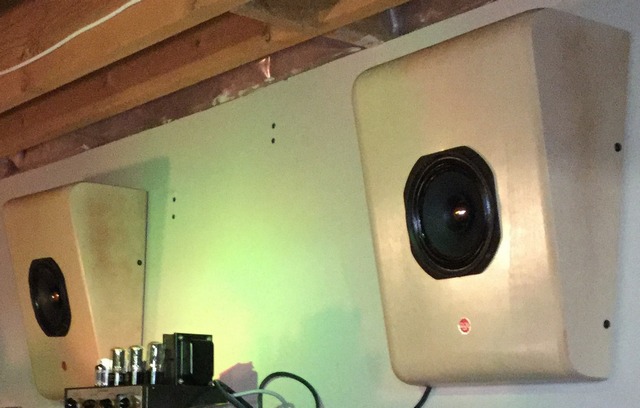

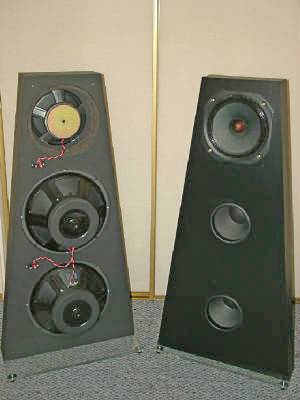
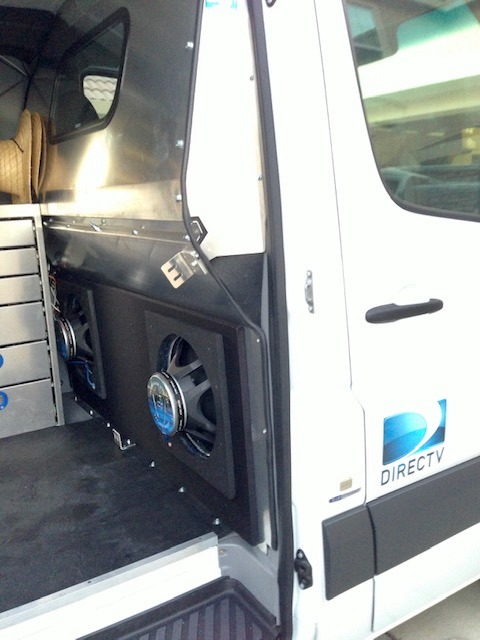
from CommonSense Audio

High Efficiency DIY Full Range Speaker Kits and Vacuum Tube Amps
www.commonsenseaudio.com
How To Put Together a Great DIY Audio System with Great DIY Full Range Speakers
There are really just three parts to a great DIY audio system:
1. DIY full range speakers. The most important part. Probably 90% of the overall quality of your system comes from these. Want proof? Anyone can tell any two speakers apart. But few people can tell one amplifier from another or one source player from another. DIY full range speakers are the only component that changes forms of energy--from electrical to mechanical. This is very, very hard to do well. Yes, building DIY full range speaker cabinets is not very sexy, but do you want the best sound, or are you just playing around with gear?
2. DIY source player (usually a CD player or DAC). The second most important part. Why? It takes a piece of plastic, with pits cut in the surface--or digital files--and turns it into an analog sine wave capable of reproducing music. This is very hard. Our recommendation is to buy a complete unit from a recognized manufacturer, like NAD, Sony, etc. Why? Most of the available kits are put together by people with extremely limited knowledge and experience.
3. DIY amplifier. The least important part of a DIY audio system. Why? What does an amplifier do? It takes an already constructed musical signal and makes it bigger. How hard is that? Not very. But people think amplifiers are 'cool' and spend all their time and money on them. That's fine if you just want to play around with gear. If you want the best sound, concentrate on the DIY full range speakers and source player. However, a poorly designed, constructed, or built amplifier can certainly damage the sound of an otherwise great system. Again, we recommend a complete unit from a reputable company, instead of building one yourself.
A great DIY full range speaker has two parts:
1. You need to buy the best sounding full range speaker 'driver' that you can afford. This is the heart of your entire DIY audio system. All other components pale in comparison to this one part.
2. You need to make the best DIY full range speaker cabinet that you can. Generally speaking, bigger is better (as with most things in life). You are also faced with the decision of what type of DIY full range speaker cabinets you will make.
Let's start with a discussion of the full range speakers themselves and then look at the different type of cabinets.
1. An Audio Nirvana DIY speaker is full range. You only need one speaker. No separate woofer, midrange, tweeter, or crossover is necessary. Without trying to blend different sizes and types of speakers together, there is a purity of sound that just can't be achieved in multi-speaker systems. Also, all of the distortion and phase shifts produced in 'normal' speakers--when a crossover changes from one speaker to another--are eliminated. Best of all, the music doesn't pass through any inductors (coils), resistors, or capacitors. A crossover is a necessary evil in all other speaker systems. With Audio Nirvana DIY full range speakers, there is no crossover to deal with. With just one full range driver and no crossover, your DIY speakers are also very easy to make.
2. In most applications, only one Audio Nirvana full range speaker is used per cabinet. This gives perfect point source imaging. Commonsense tells you that when someone sings, sound doesn't come from their mouth, their chest, and their knee (like it does in so-called 'normal' speakers). In addition, there are no time alignment problems (one speaker's voice coil being farther from the listener than another), because the sound comes from a single full range speaker. You have never really experienced stereo imaging until you listen to a single, full range speaker. Where the artist was previously 'in the middle', now that artist 'holographically' appears as a real human being. The speakers seem to disappear. At night, with the lights dimmed, you will find it hard to believe that there isn't a real person in your room.
3. Audio Nirvana DIY full range speakers have incredibly strong magnets. This gives extremely precise control of the movement of the cone. The result is a very clear, crisp, clean, detailed, and accurate musical presentation.
4. Audio Nirvana DIY full range speakers use very stiff and light paper cones. This allows the cone to respond to changes in the music instantaneously and without distortion.
5. Audio Nirvana DIY full range speakers are highly efficient. They will produce high sound pressure levels and excellent dynamics with amplifiers that have as little as 1 watt. Most Audio Nirvana full range speakers produce at least 95 db for 1 watt at 1 meter. In larger cabinets, it can be even higher. Average listening levels are usually only 1/10 of a watt (for 87 db).
There are a lot of myths surrounding DIY full range speakers. Let's take a minute to address some of these:
1. DIY Full range speakers only work well with low powered tube amps.
Actually, it's the reverse that's true. Low powered tube amps only work well with full range speakers......
This is because other types of speakers require more power than these amps are capable of producing. Also, full range speakers use no crossover. Because of this, they present a very easy load for the amplifier to drive. Low powered amps will produce full, rich sound--at normal listening levels--ONLY with highly efficient DIY full range speakers like these.
But quality DIY full range speakers work equally well with tube or solid state, low power or high power. The power rating of an amplifier is irrelevant, as long as it doesn't run out of power and 'clip'. DIY audio amplifiers of as little as 1 watt will work fine with Audio Nirvana DIY full range speakers.
In fact, highly efficient speakers, like the Audio Nirvana, actually make high powered solid state amps better. How? Most of these amps run pure Class A for the first two or three watts. For normal listening, most Audio Nirvana DIY full range speakers require only 1/10 of a watt. So, the amplifiers will still be operating in Class A.
Another reason that full range speakers have been linked to tube amps is that many tube amps (especially modern ones) are very soft and warm sounding. Most modern speakers are the same. The combination can put you to sleep. The incredible detail, clarity, and realism of Audio Nirvana DIY full range speakers will bring out the best in these amps.
2. No full range speaker can really go to 20,000 cycles--that's why they invented tweeters.
It's not true. Ten seconds of listening and you'll wonder why anyone builds tweeters.
3. Full range speakers don't have great bass.
On the contrary, Audio Nirvana DIY full range speakers produce the best bass possible. Why? They have tightly controlled excursion (Xmax) so respond instantly to changes in the music. You can actually identify individual bass notes, not just bass tones. Audio Nirvana full range speakers have strong, articulate, accurate, realistic, and tightly controlled bass. They also produce surprisingly high sound pressure levels. The bass they produce is balanced and totally satisfying, with well recorded material, in one of our DIY full range speaker cabinets.
Of course, this is only possible with an amplifier with 'flat' response. The myth of poor bass probably comes from many owners using low powered, poor quality amps with a rolled off bass response.
4. Full range speakers can be overly 'bright'.
Audio Nirvana DIY full range speakers reproduce what they receive from the source player, without changing it in any way. Unfortunately, the vast majority of speakers available today are totally lacking in detail. They are 'dumbed down' to the lowest common denominator. Most speaker companies today don't seem to care if their speakers ever sound 'good.' They are more concerned that their speakers never sound 'bad.' That is, they are designed to soften even the worst sounding CD's or digital files. We refer to these modern speakers as 'dead, dull, dark, and distant sounding' (the four 'D's). People used to these speakers initially mistake 'detail' for 'brightness'. But they quickly change their mind when they listen to a good quality recording played through these speakers. Audio Nirvana DIY full range speakers are accurate and detailed, not 'bright.'
5. Full range speakers are fragile.
Absolutely untrue. They are far more robust than systems with delicate tweeters.
DIY Full Range Speaker Cabinets--Introduction
The DIY full range speakers themselves are only half the story. The DIY speaker cabinets you use are almost as important.
A speaker cabinet only exists to do one thing: make bass. But without the right amount of bass, the overall musical balance will be wrong.
Over the many years that DIY full range speakers have been available, scores of different DIY speaker cabinets have been designed for them. Some of these are BASS REFLEX, some are BASS HORN, some are OPEN BAFFLE, some are TRANSMISSION LINE, and some are INFINITE BAFFLE. In our experience, almost everyone that hears these designs, side by side, eventually prefers the sound of bass reflex cabinets. Industry sales figures indicate that 99.99% of all speaker cabinets ever made are bass reflex. But we encourage our customers to build various designs to see which DIY full range speaker cabinet they like best.
As we pointed out above, probably 99.99% of all speaker cabinets ever made are bass reflex. Why? In our opinion, because they give the best overall sound. This design produces the most realistic bass and most accurate midrange and treble.
What is a bass reflex cabinet? It is just a simple box, with a tuned bass port (hole cut in the cabinet). The technology behind these is very complicated but--once properly designed--they are very easy to build. Basically, the energy from the BACK of the speaker cone energizes the air in the box and produces bass which comes out the tuned port.
In addition to giving the best sound, bass reflex DIY full range speaker cabinets are incredibly easy to build. They are just six pieces of wood, with a couple of holes cut in one panel. The hard part is getting the design right. Once that is done, your DIY speaker project is easy.
Once you've decided on the size of the bass reflex cabinet that best meets your needs, it is important to note that the material used to make the cabinet is an important factor. Plywoods will generally give a softer sound, particle board--intermediate, MDF (medium density fiberboard) will give the most detail. For a 'soft' listening room, you may prefer MDF, for more detail. 'Medium rooms'--particle board. And for 'hard or live' rooms, we strongly recommend high quality Baltic Birch or marine plywood. Also, as the quality of your source material goes up, so too can the density of the material you use to make your cabinets.
For most DIY full range speaker projects, high quality plywood is usually easiest and best. Because the sound is softer, plywood cabinets will be more forgiving of poorer quality recordings and 'hard or live' rooms. And you only need to stain it when it's complete. With MDF or particle board, you will probably want to veneer the cabinet, which can be difficult.
DIY audio projects are great because you can also experiment with different damping materials and how much of it you use inside the cabinet. In this way, you can 'tune' the cabinet for your particular room. One role, of the damping material, is to absorb the sound coming from the back of the speaker cone (any speaker cone sends sound to the rear as well as to the front). If this back wave is allowed to reflect off the back of the cabinet and then go forward and strike the cone, it will introduce distortion. Standard procedure is to apply damping material to all sides inside the cabinet except the front baffle. But you can get different--and sometimes better--results by varying how much you use.
This damping material also helps increase bass production. This is probably its most important role. Get it wrong, and you will not produce much bass. Let us also point out that any sort of FOAM damping material will be a bass 'killer'. Don't use it. For most projects, fiberglass insulation will give the best results. It's also the cheapest.
We have a lot of experience with open baffle cabinets. If you go to www.openbaffle.com you will come to our site.
Open baffle 'cabinets' are basically just flat pieces of wood, supported, to hold them upright. They are really just speaker stands. So, why would someone want to use them? The main reason is that sound from the BACK of the speaker cones--which is usually damped in a box design--is free to reflect around the room. This gives quite a different presentation. Some people like it and some people don't. We encourage everyone to give open baffles a try to see what it's all about. They can be especially good for classical music, where they help mimic what goes on in a large concert hall. But it's important to note that no recording studio, that we know of, uses these as recording monitors--or engineers/mixes recordings for them. As such, imaging and soundstage are usually not ideal.
Since cabinets exist mainly to generate bass, what happens with open baffles? They don't generate much bass, on their own, and what they do produce usually rolls off below 63 cycles, even with the largest full range speakers. The situation can be helped somewhat by placing them close to rear walls or corners. In this way, a rudimentary 'cabinet' is formed, using the sides of the room as part of the 'cabinet'.
But, today, most DIY full range projects, involving open baffles, are done with separate woofers or subwoofers. Most people build a tall baffle, with a single full range speaker. Below the full range--or with one on top and one beneath the full range speaker--they locate a woofer or woofers. This does require crossovers and--sometimes--a separate amplifier for the woofers. As you can guess, a lot of effort and trial and error will be involved. No universal plan can work, because every room is different. The design must be room specific for your particular application.
Another way that some customers deal with this, is to build a simple baffle with one full range speaker. They then supplement this with a manufactured subwoofer, from a reputable company. Again, this will take a lot of experimentation to find the best place for the subwoofer (in the room) and the best crossover frequency to 'hand off' the bass from the main open baffle to the subwoofer.
With time and patience, it is possible to construct a really good open baffle system, with a balanced bass response. The mids and highs are usually 'fat' because the sound from the front of the cone is eventually joined by the delayed midrange and treble from the rear of the cone, which has reflected around the room.
For those of you unfamiliar with the term 'bass horn', it is a DIY full range speaker cabinet design where a small space BEHIND the speaker starts very small but grows exponentially as it moves through a wooden 'horn' built into the cabinet. The sound from the BACK of the speaker follows this passageway, as it winds back and forth, and grows larger as it moves towards the exit. Eventually, it ends in a very large 'mouth'. This is actually called a 'folded' horn. If it were not folded, it would extend 6 feet or more into the room. The theory behind them is similar to the way that a cheerleader uses a megaphone to lead cheers at a football game. The sound will be amplified when it finally exits the megaphone (or bass horn) at the 'mouth.' Historically, this design was created to get the most volume possible from low powered amplifiers. Unfortunately--just as the cheerleader's voice is distorted by the megaphone--so is the music.
Problems historically associated with bass horn DIY full range speaker cabinets are as follows:
1. Distortion is created by reflections from the 'box', behind the speaker, which has no damping material and reflects back to the full range speaker cone.
2. Horn-loaded designs tend to 'fatten' or 'smear' the midrange and upper bass regions of the music.
3. Stereo imaging and soundstage are poor, with bass horn designs, because of the many sources of sound (directly from the speaker, delayed from the horn, and cabinet resonance).
4. Horn-loaded cabinets exhibit a ragged bass response.
5. Horn-loaded cabinets do not play very low bass.
6. Horn-loaded cabinets are very difficult and expensive to build, and hard to place in most rooms.
7. There is no significant efficiency advantage with bass horn designs.
8. It is possible to overdrive bass horns to distortion.
9. Horn Loaded cabinets were never designed to accommodate full range speakers. They were originally designed only for bass frequencies from 200 hz and lower.
Is there any situation where we could recommend a bass horn cabinet? Well, actually, there is one....
Classical music is unique in that the concert hall is an integral part of the enjoyment of the sound. It is virtually impossible to make a recording which can accurately capture a classical music performance in a large hall. This is because when you sit in a concert hall, you hear many different sources of sound--the music coming directly from the orchestra--the reflections off side walls, the ceiling, the back of the hall--resonances coming from the floor under the orchestra and the hall itself. And stereo imaging is not an important element in orchestral works.
In this case, the colorations of a bass horn can mimic what goes on at a classical concert. It's not accurate, of course, but if it can simulate the actual event, then isn't that what's important? So, some of the liabilities of the bass horn design CAN become assets, if many factors are carefully considered (like room placement, etc.)
But there is a way to produce the same results with bass reflex cabinets. By mounting a second speaker on the top of the cabinet--pointing up--it is possible to produce the same wide, spacious, ambient sound. We call this cabinet the 2.8 'Ambience'. It produces a wonderful ambient presentation--much as the bass horns do--but without many of the problems mentioned previously. Most people prefer it to bass horn designs for classical music.
The 2.8 'Ambience' has better imaging, lower distortion, and all the accurate, realistic bass that can only be achieved with a bass reflex design. We believe that it is the best answer for classical music.
In addition, this speaker can be built with a switch for the top speaker (so it can be turned off). With this switch, it is possible to have it both ways. You can operate the front speaker for most 'normal' types of music. You can turn on the top speaker when you want a more ambient or powerful sound. Two speakers working together doubles the bass and dynamics of the system. This can be better for many types of music.
Transmission Line DIY Full Range Speaker Cabinets
Before we started designing our own full range speakers, we were a dealer for more than 25 years. Though transmission line cabinet designs have always been very rare, we did have the opportunity to listen to many of them over the years. Our conclusion was--and is--that bass produced by T/L cabinets is artificial sounding. Fat, muddy, loose. And T/L cabinets are also less efficient than bass reflex. Consequently, we can't recommend them. That said, many of our DIY full range speaker customers have tried them. And we encourage this. Audio Nirvana DIY full range speakers have short excursions (Xmax) which are required by this type of design.
Infinite Baffle DIY Full Range Speaker Cabinets
Infinite baffle speaker cabinets are just a sealed box. But these are different than another type of sealed box called Acoustic Suspension. Basically, acoustic suspension speaker cabinets are very small sealed cabinets, while infinite baffles are much larger. In acoustic suspension, the cabinet is so small that the movement of the speaker compresses the air, which acts as a spring. These require specially designed drivers with long and loose suspensions. They're also very inefficient. In infinite baffle, there is so much air in the cabinet that the movement of the speaker does not compress it. But, as with transmission line cabinets, we feel the bass is artificial, lacking control, punch, and accuracy. We don't recommend these as DIY full range speaker cabinets. But, again, if you would like to try them out, and hear for yourself, we certainly encourage you to do this. It's a fun DIY audio project. And isn't that what DIY audio is supposed to be about?
DIY audio, by making DIY full range speakers, is both fun and rewarding. You learn a lot about what's good and bad and how to make a balanced system. The advantages of using full range speakers are easy to describe, but hearing is believing. Once you've heard a quality full range speaker, you will never be able to go back to so-called 'normal' speakers. But it's important to put these speakers in a properly designed cabinet. You can't expect great performance if you put a Ferrari engine in a pickup truck.....
Visit Us: